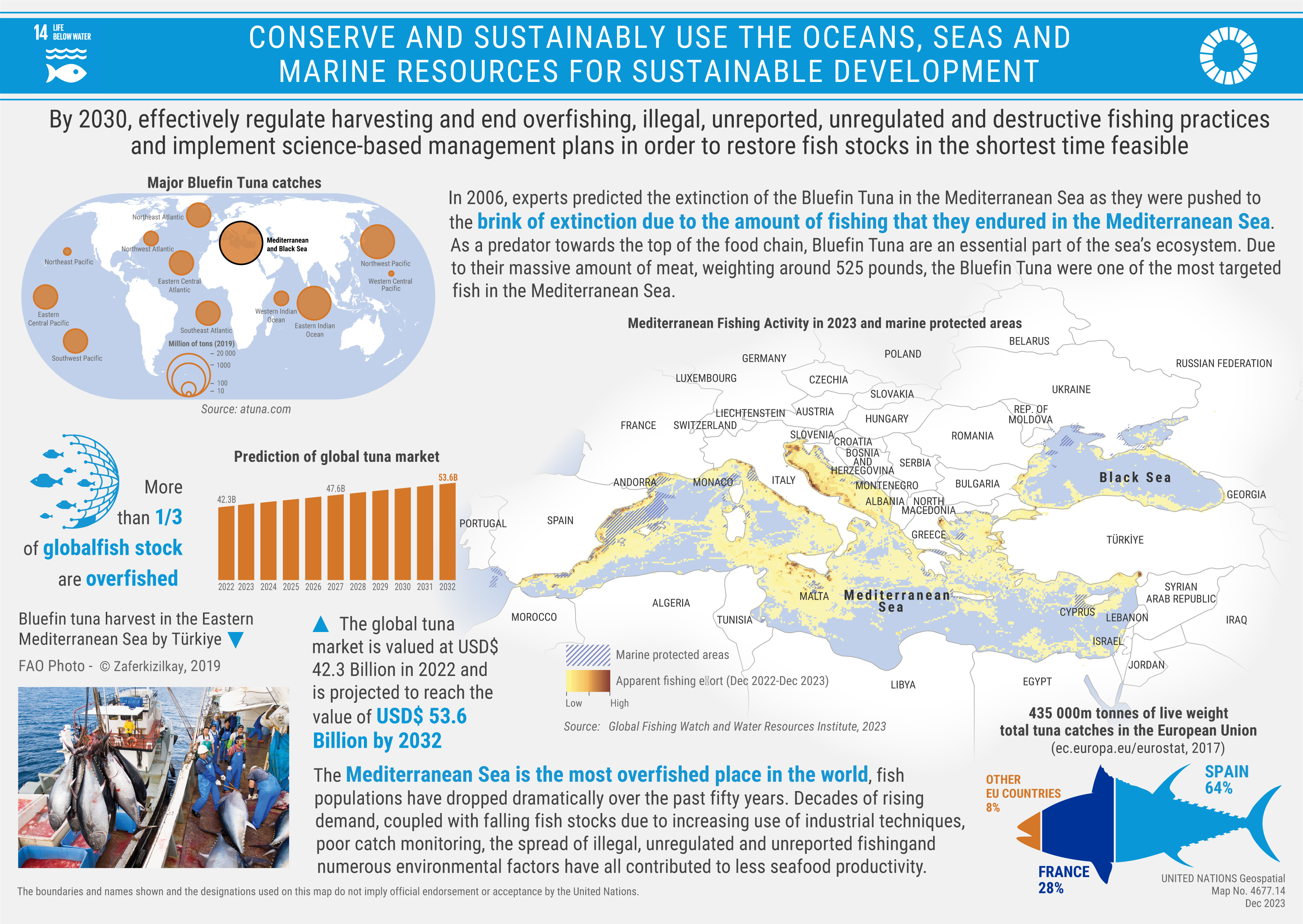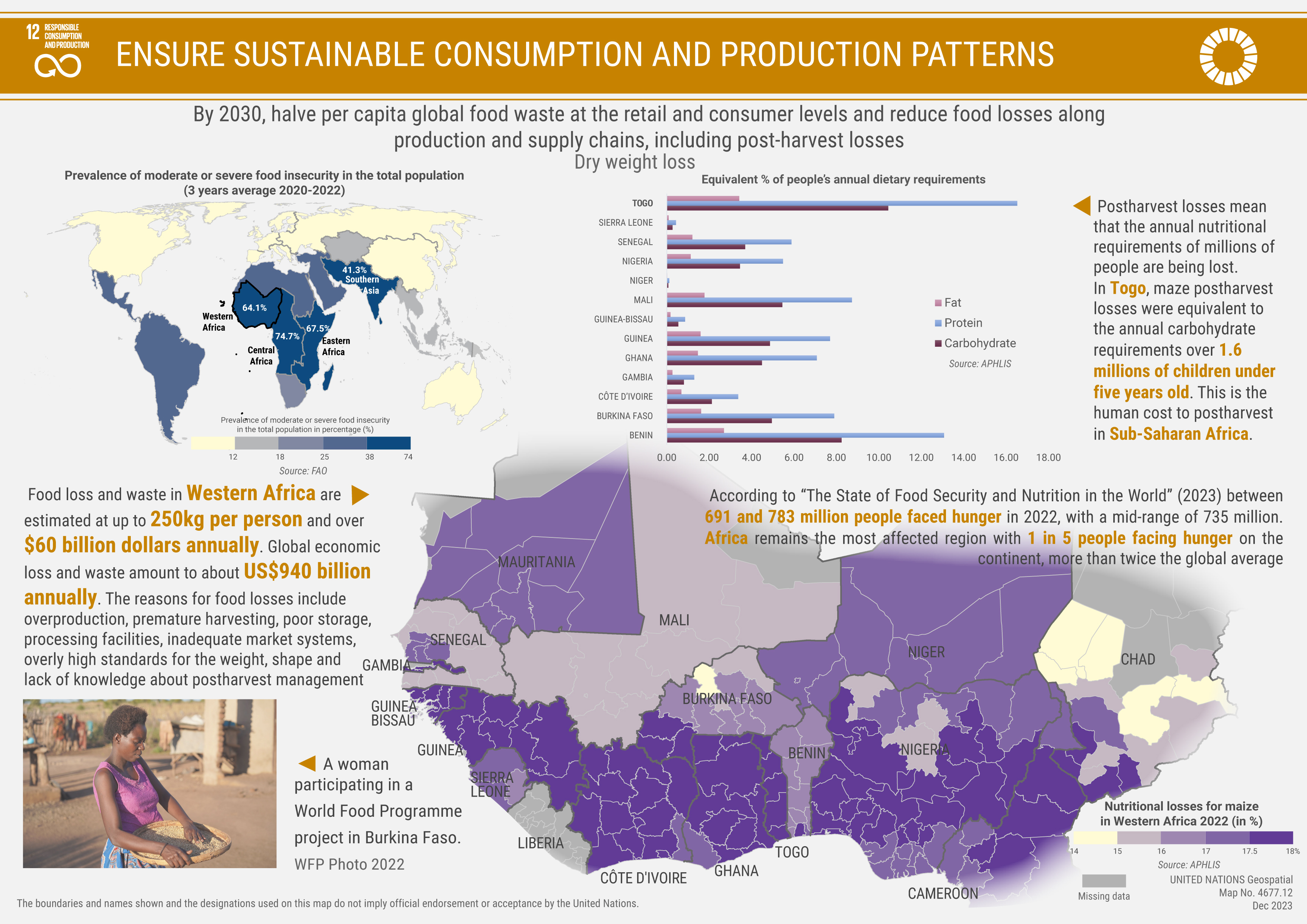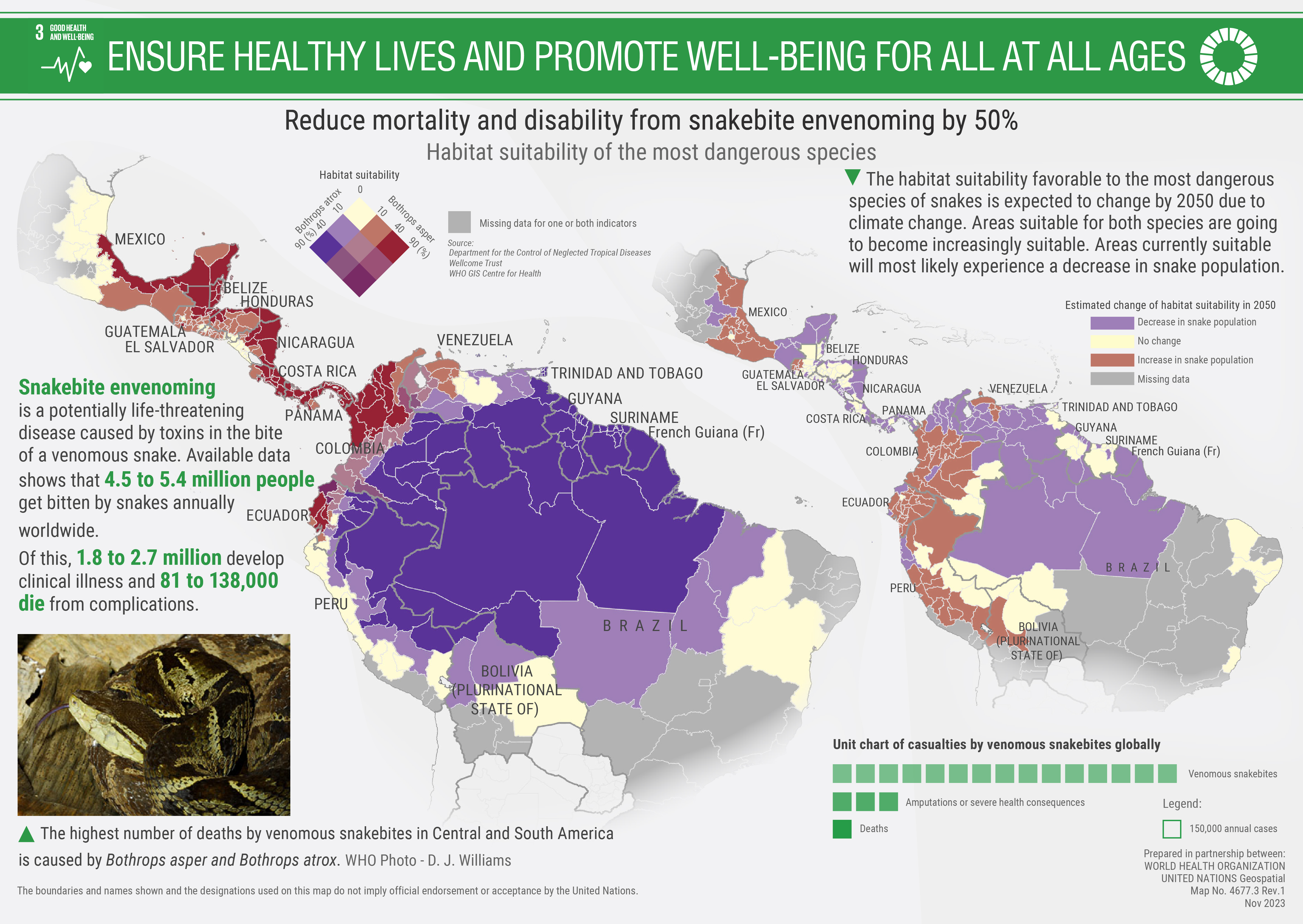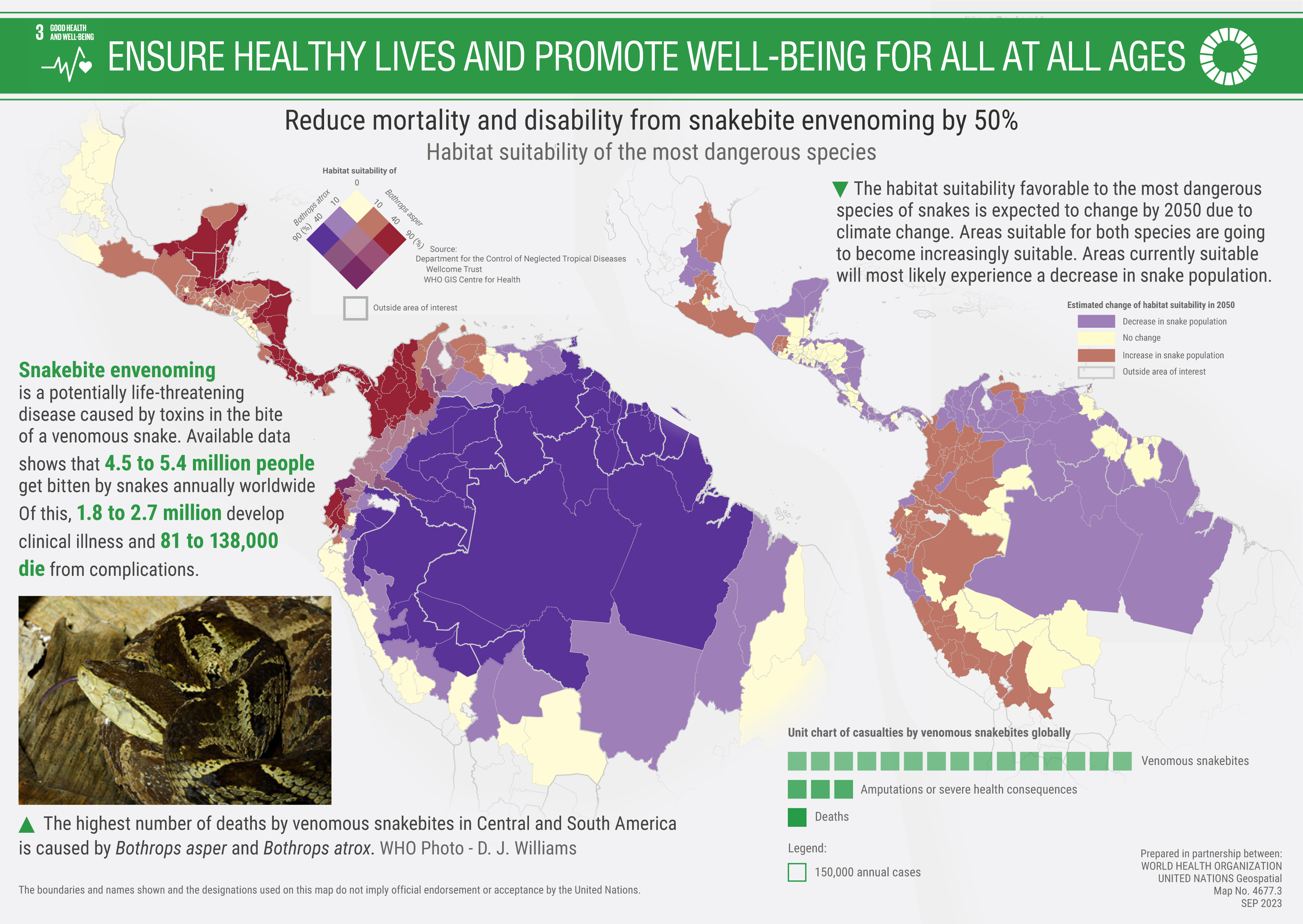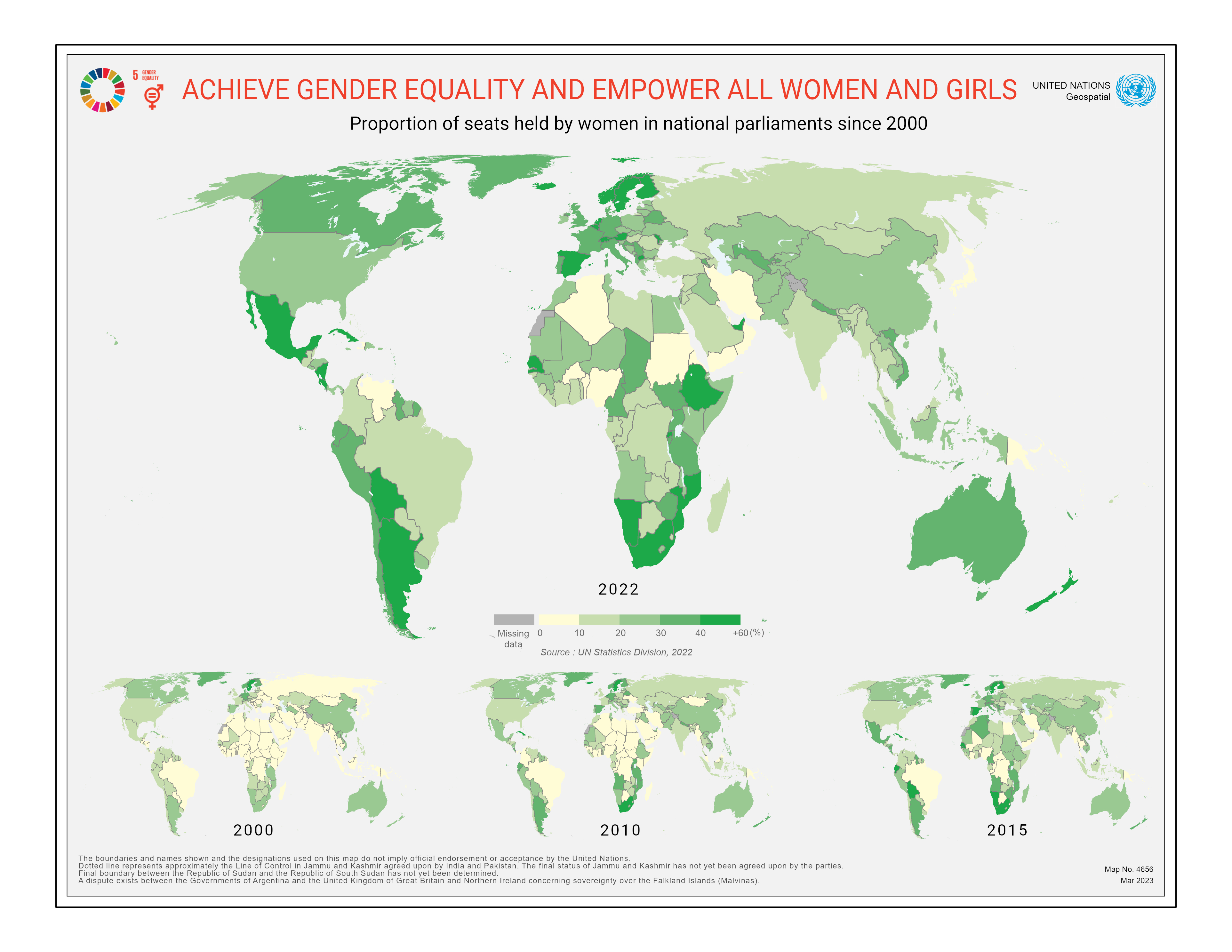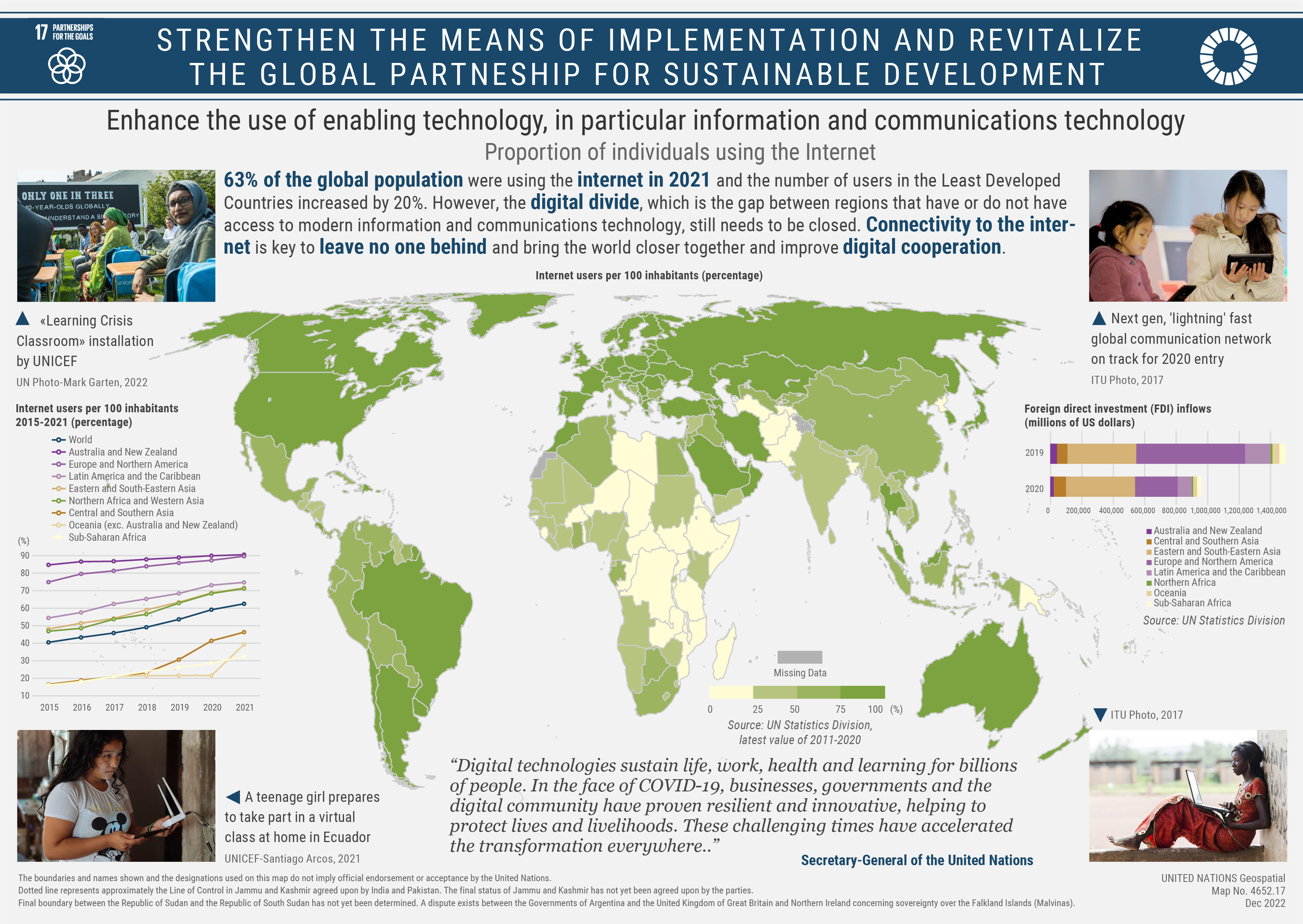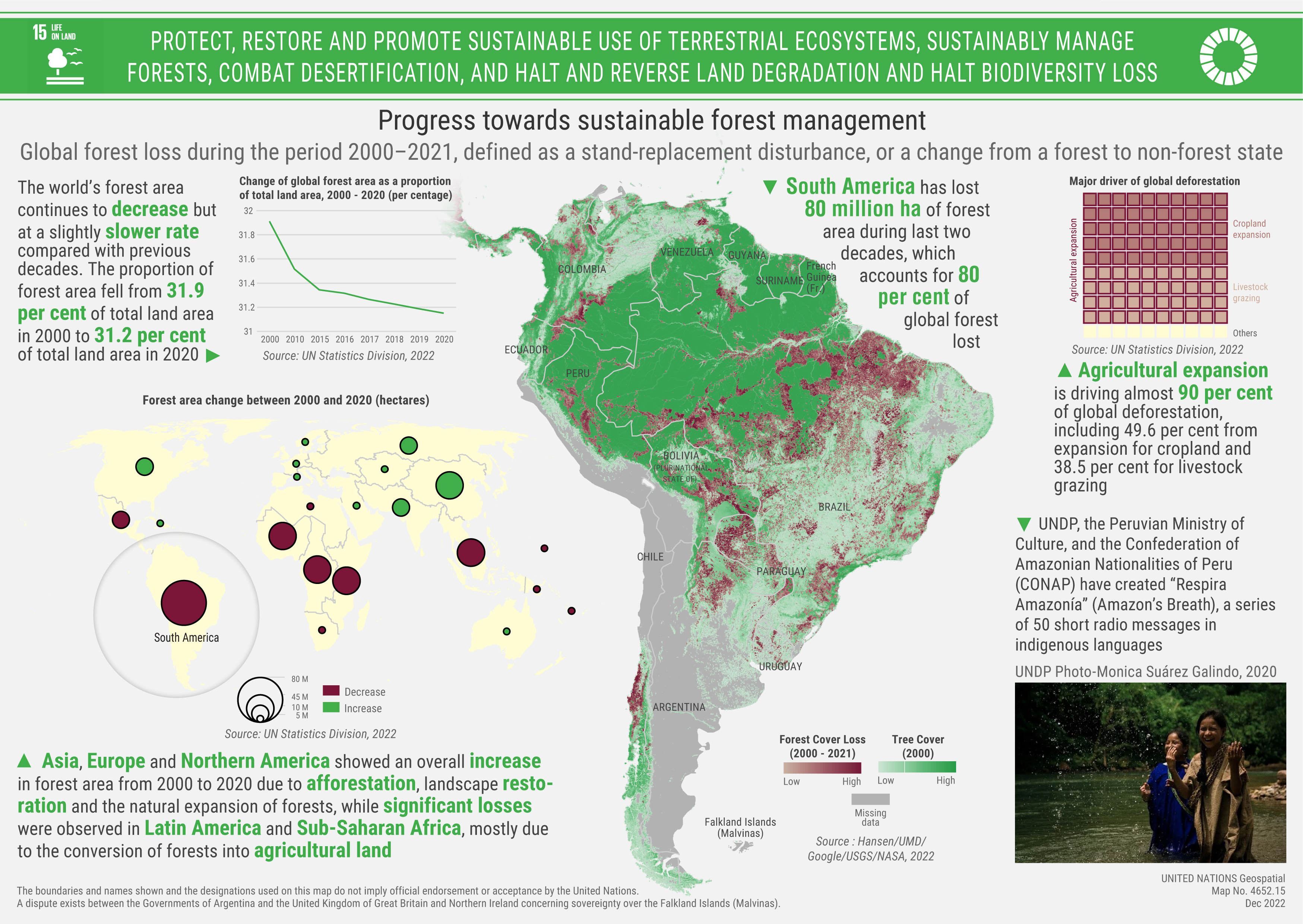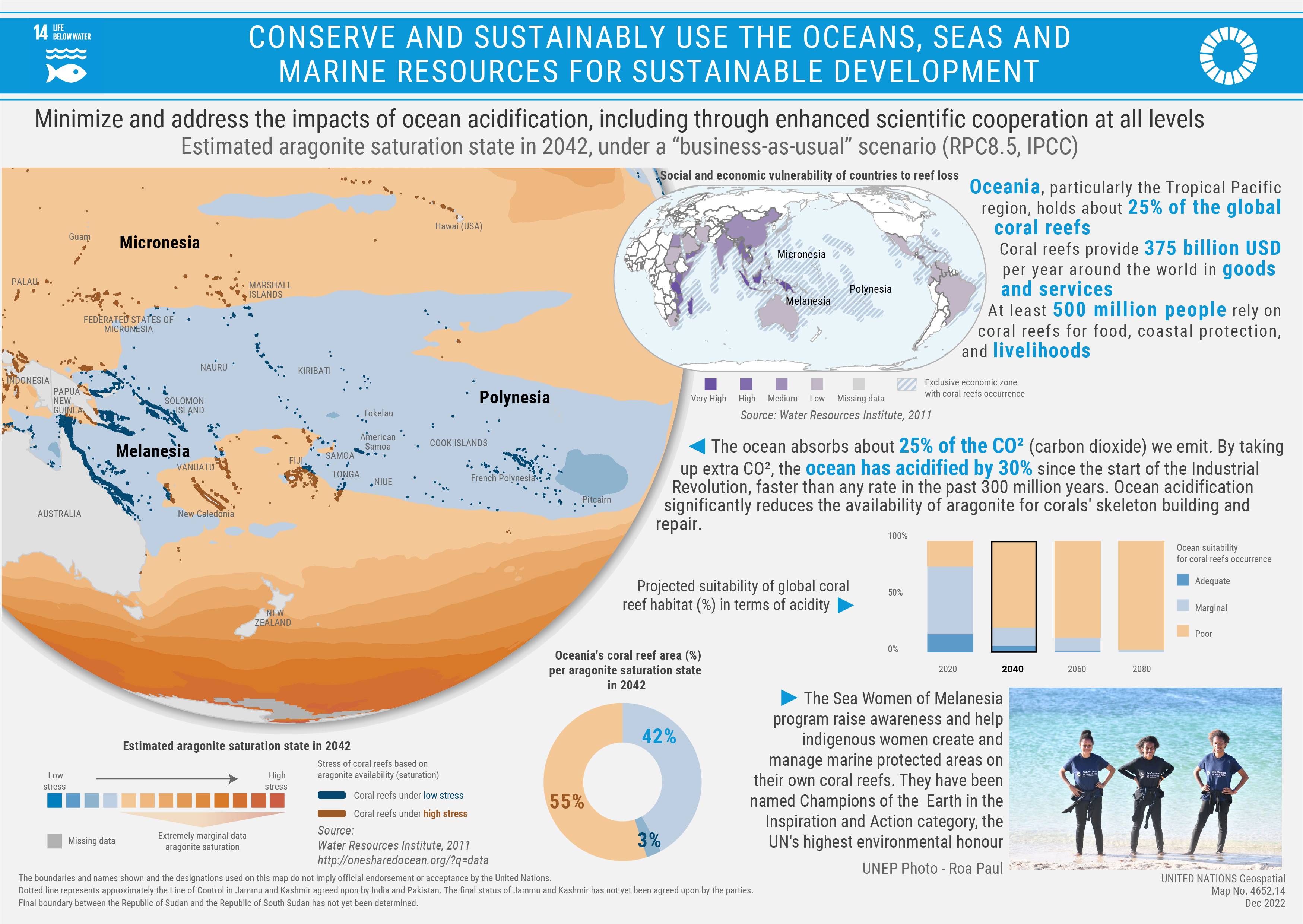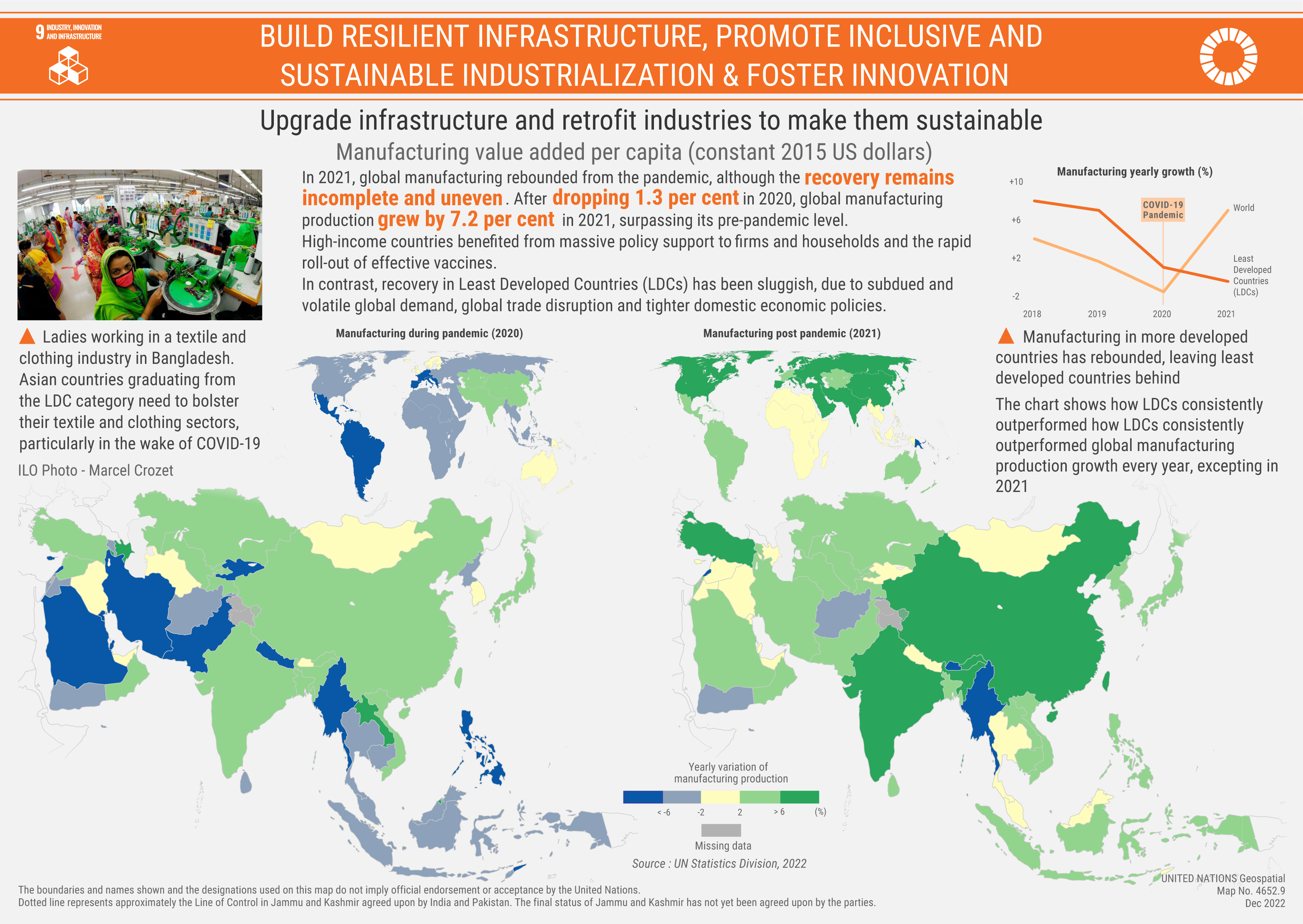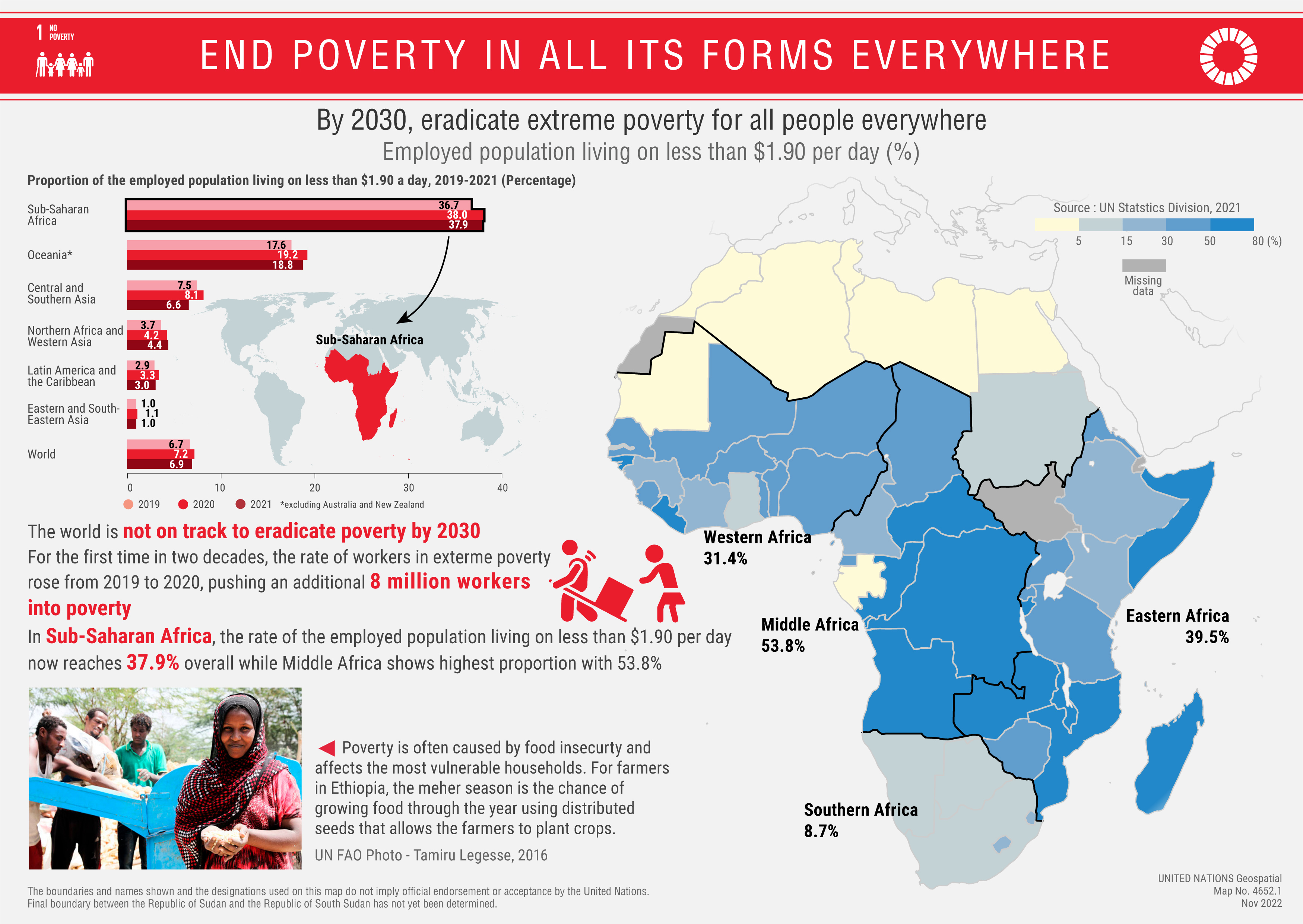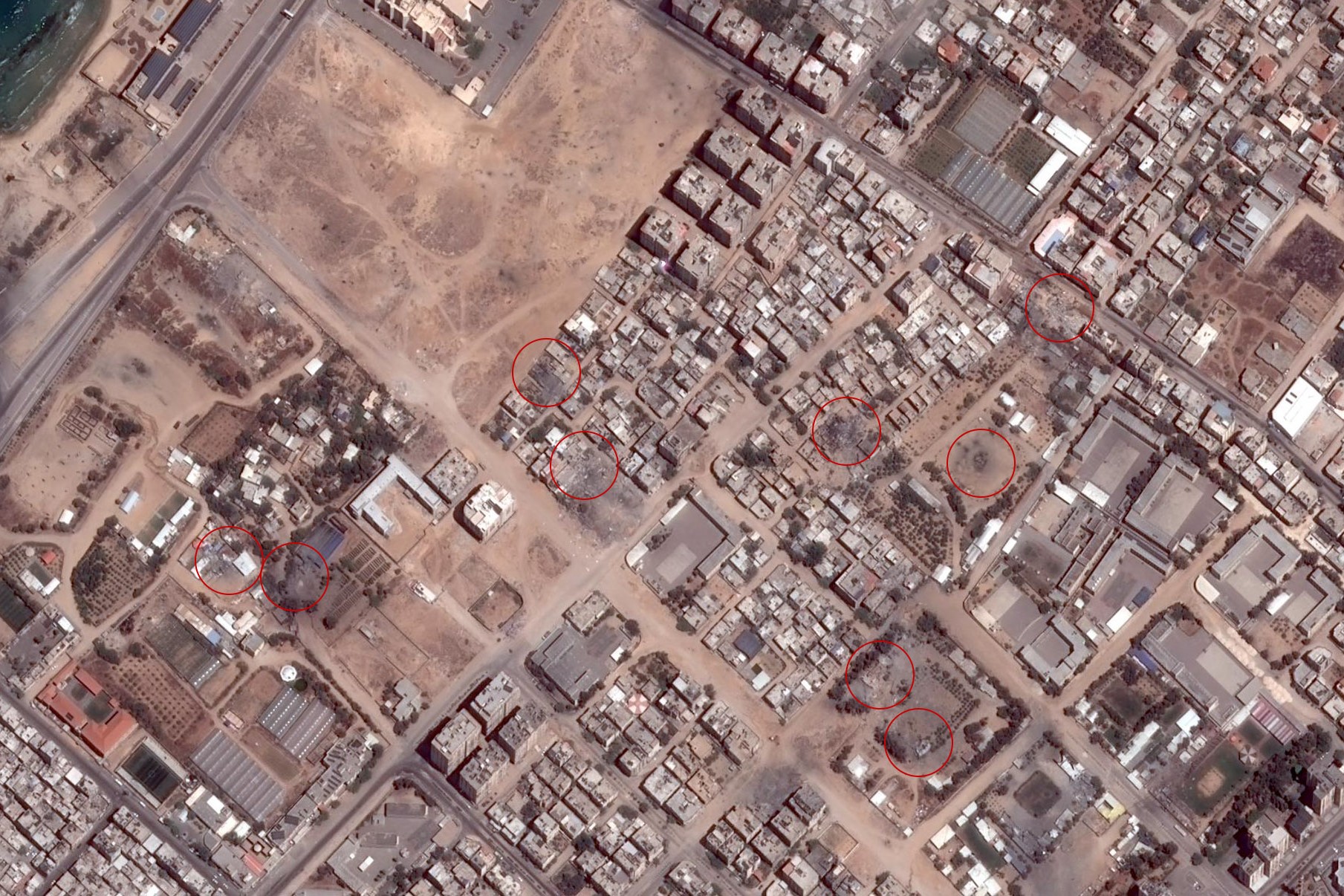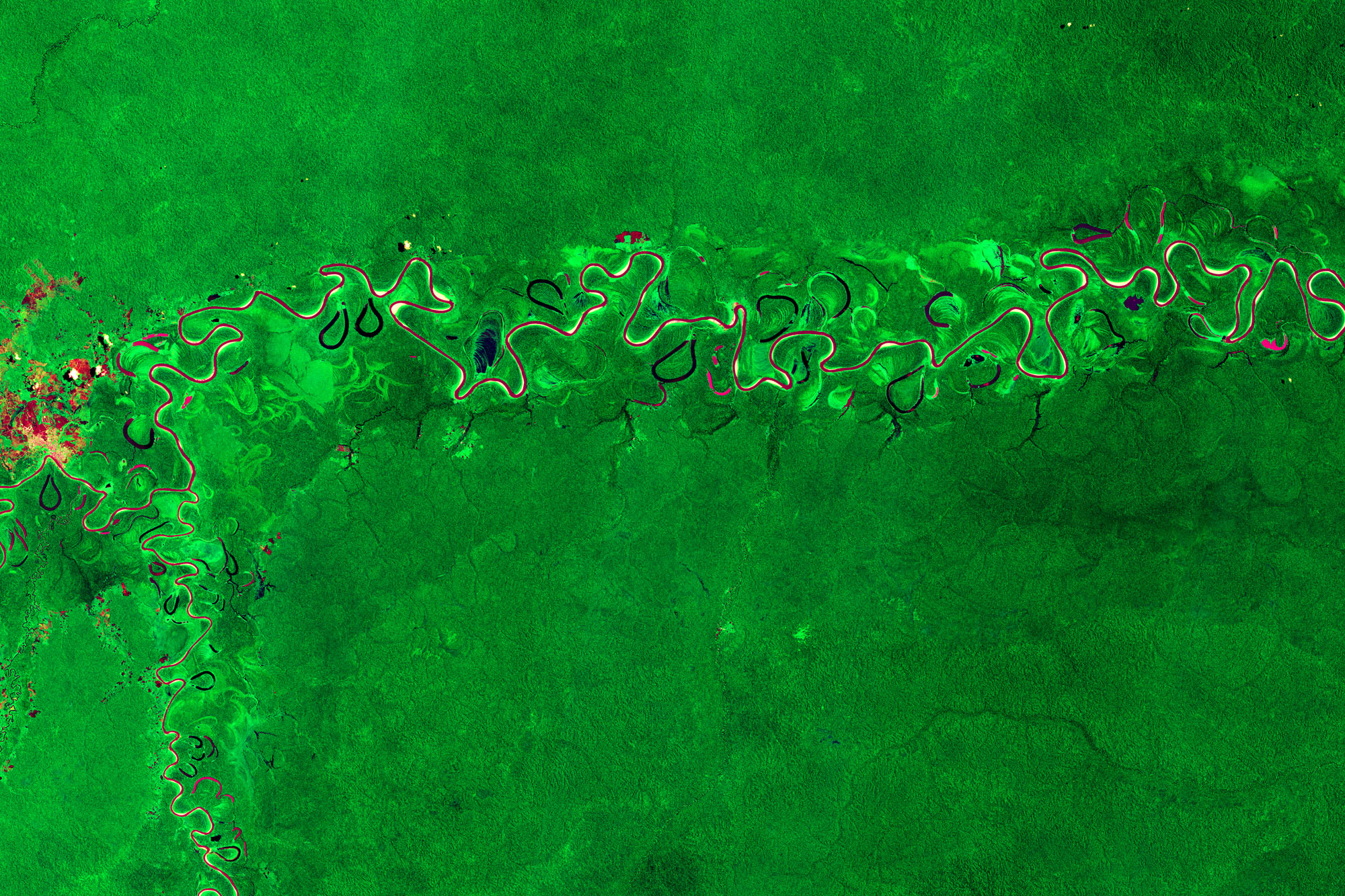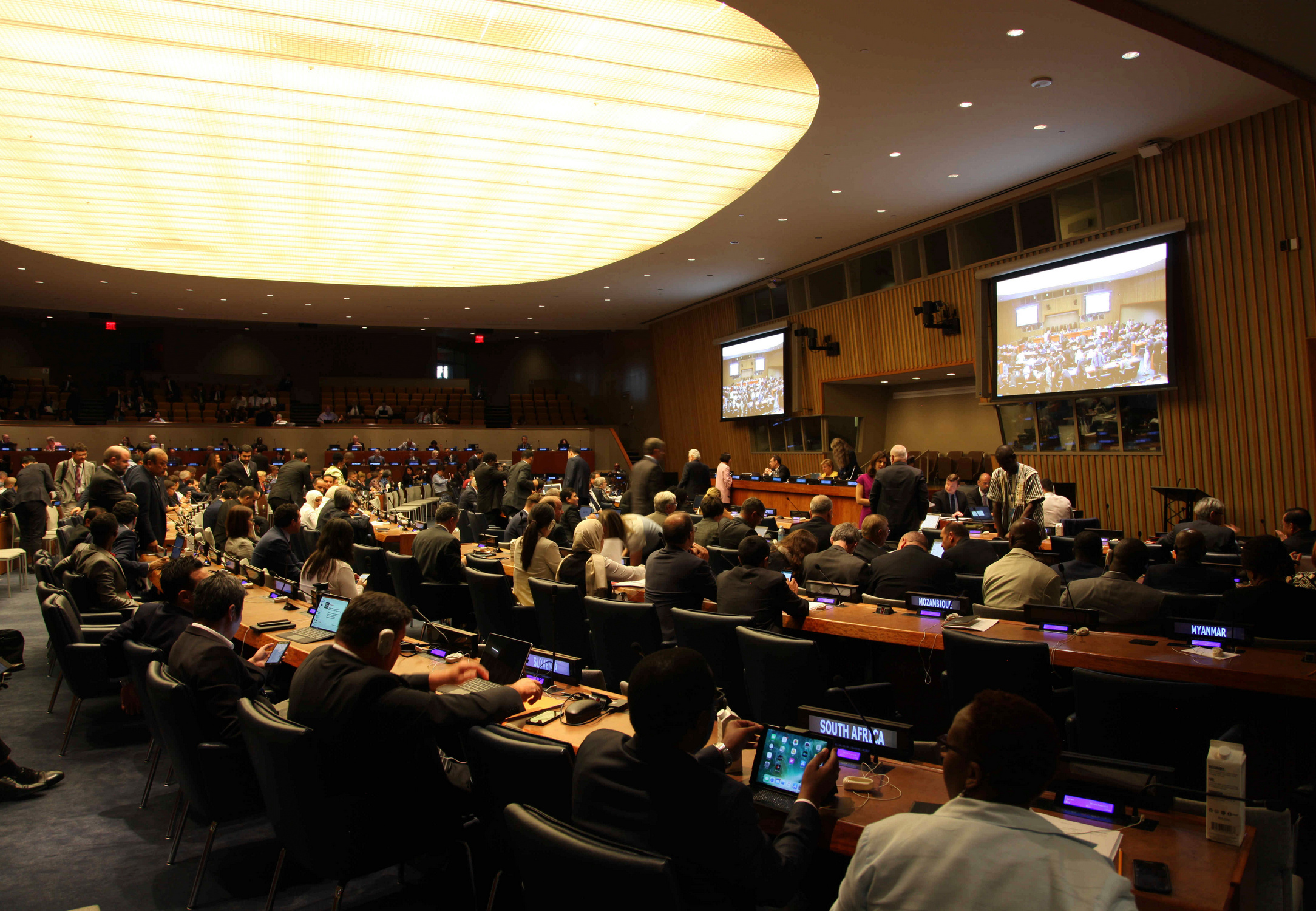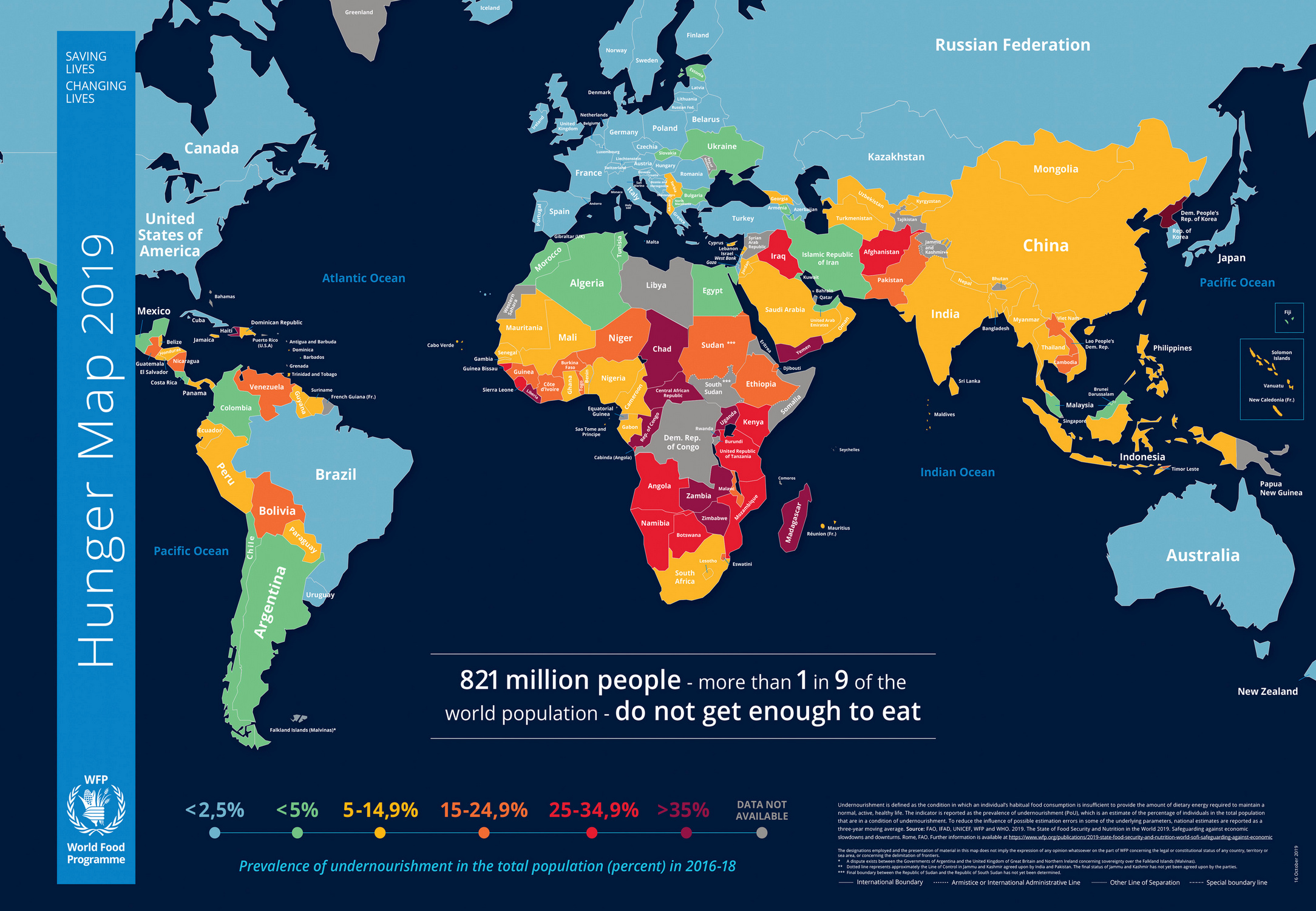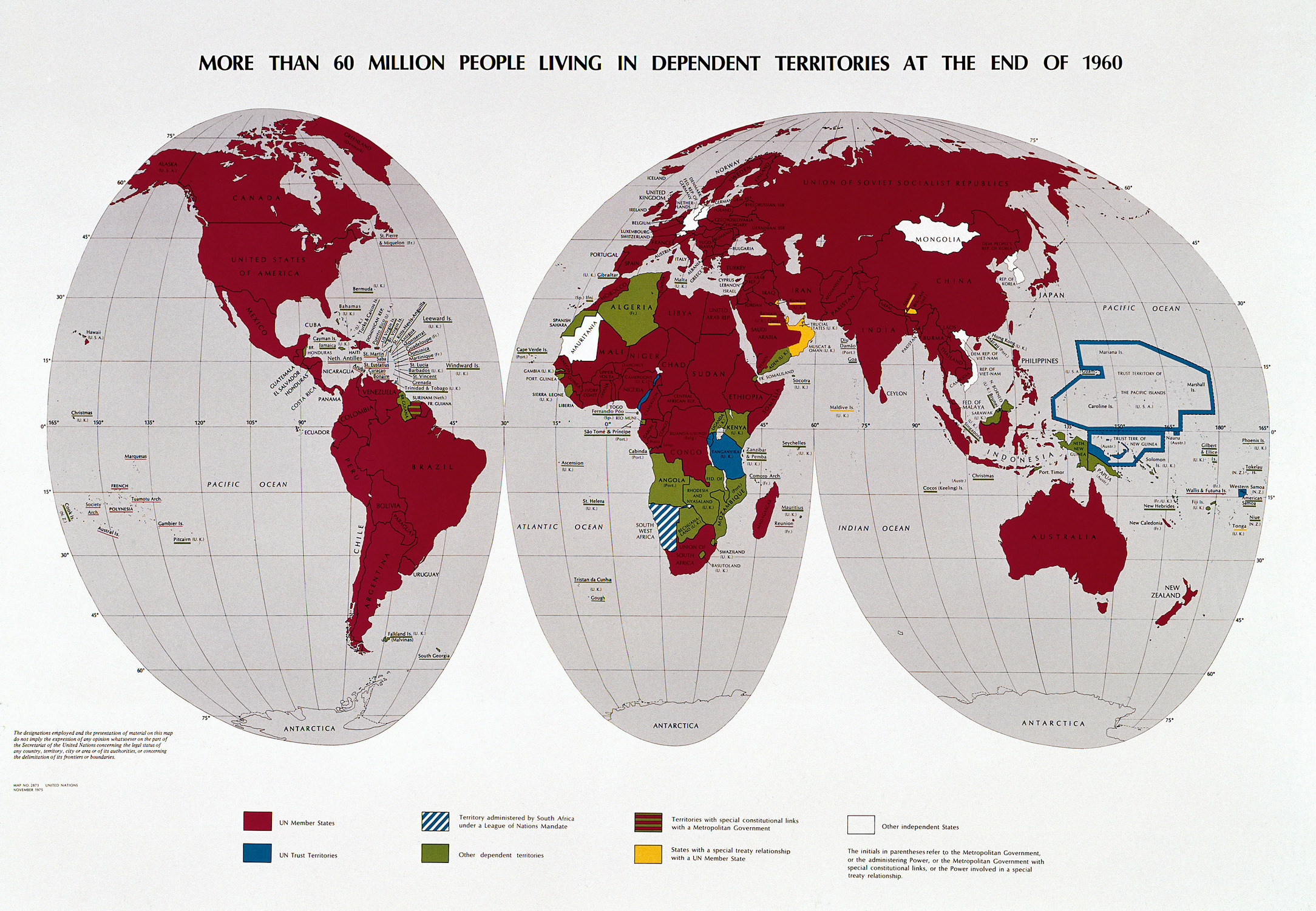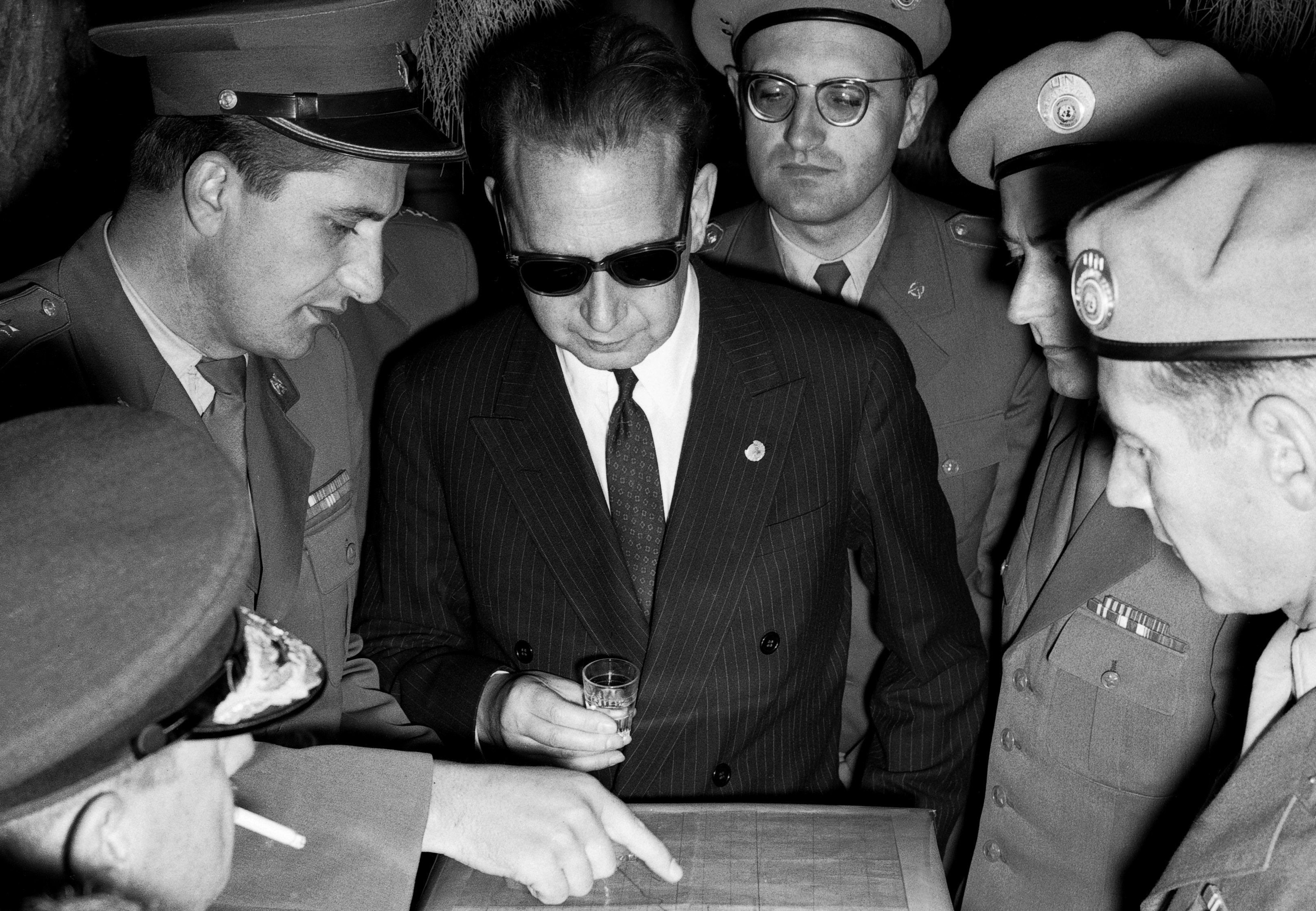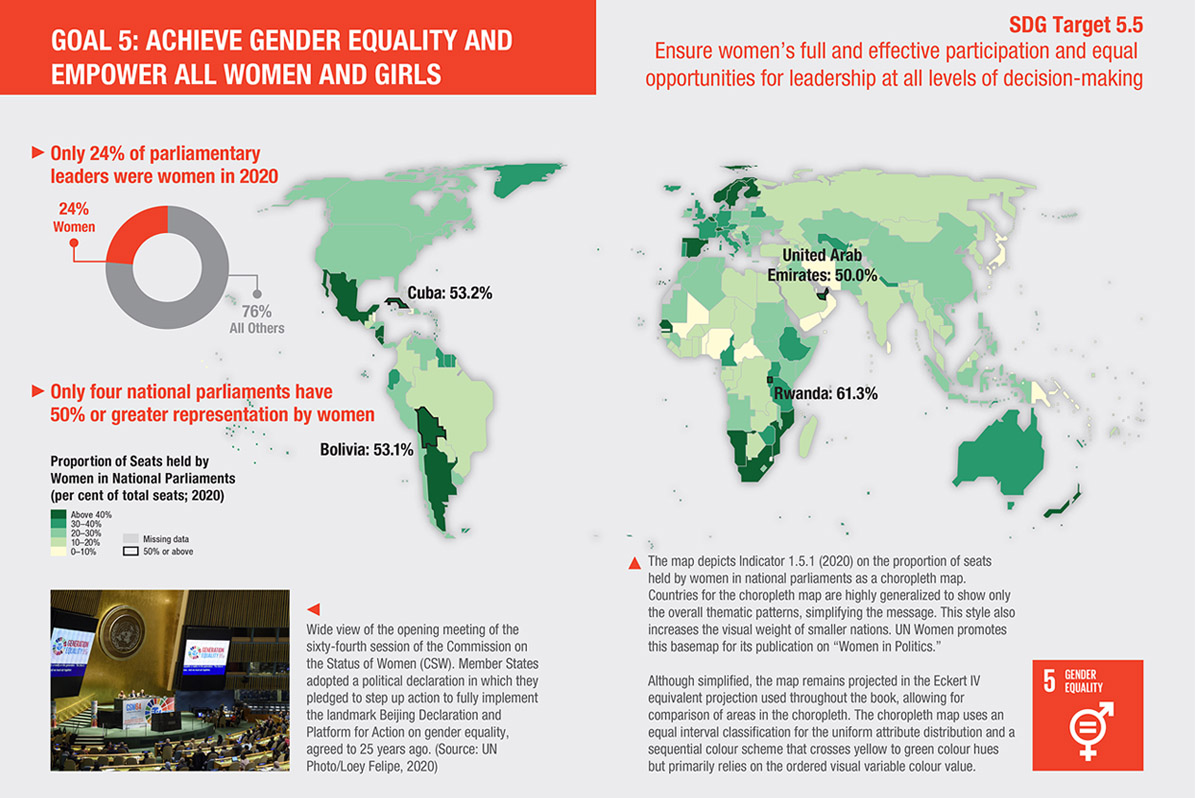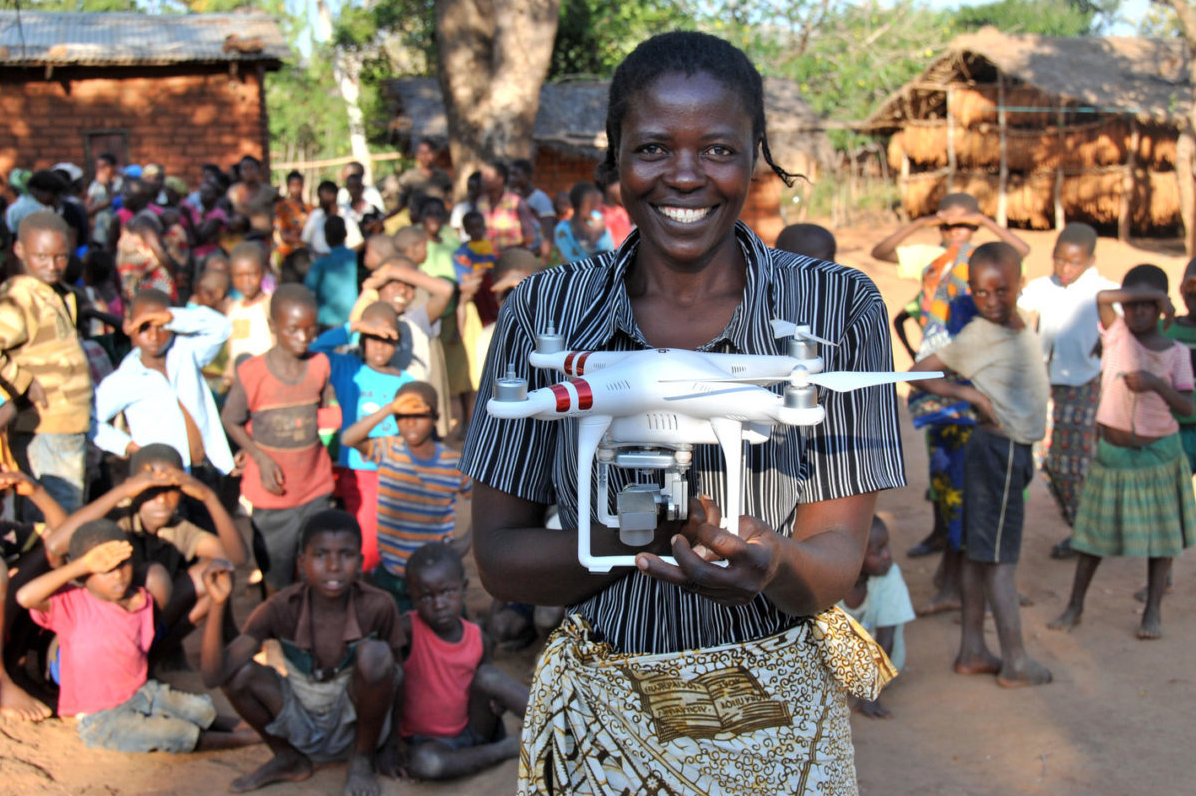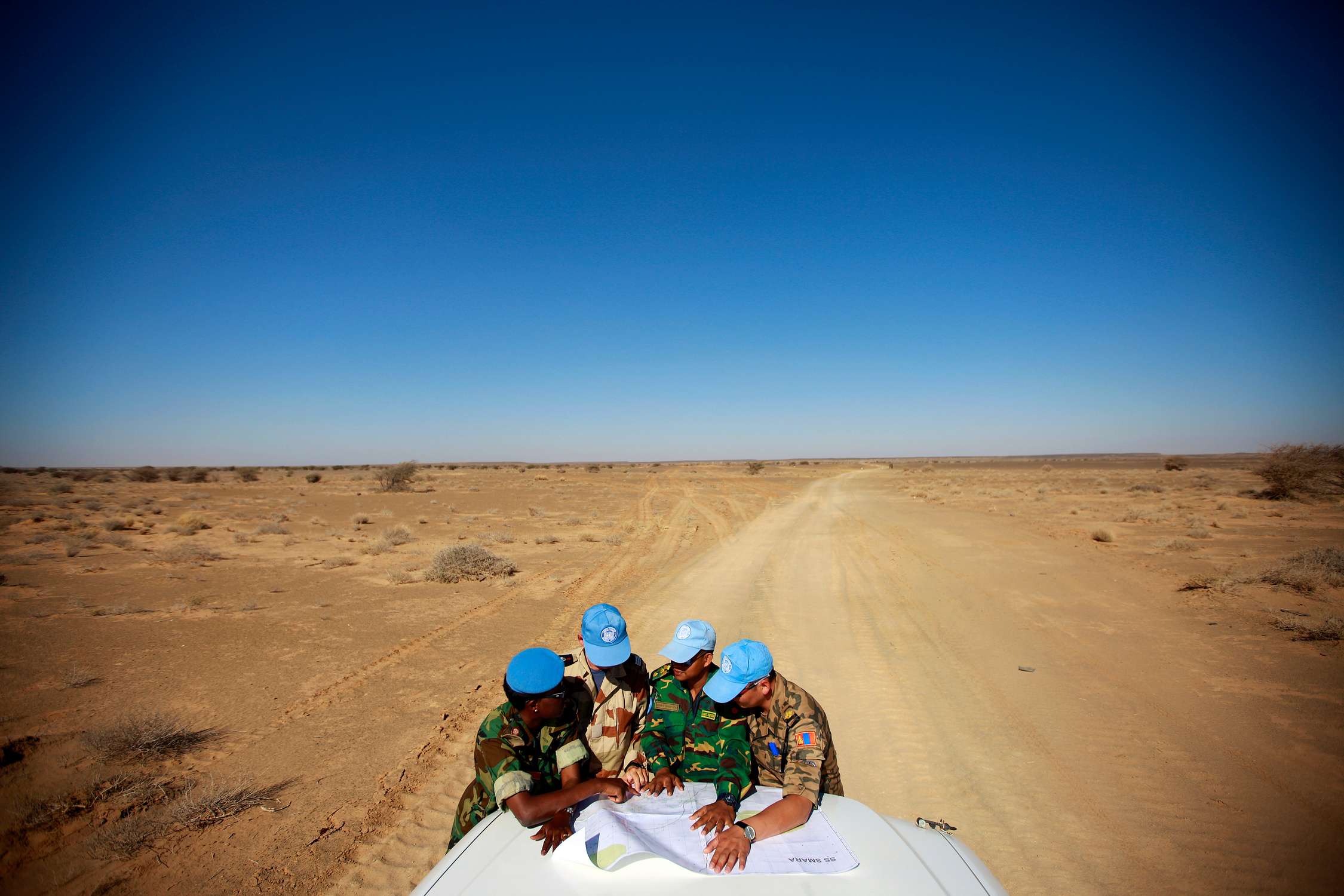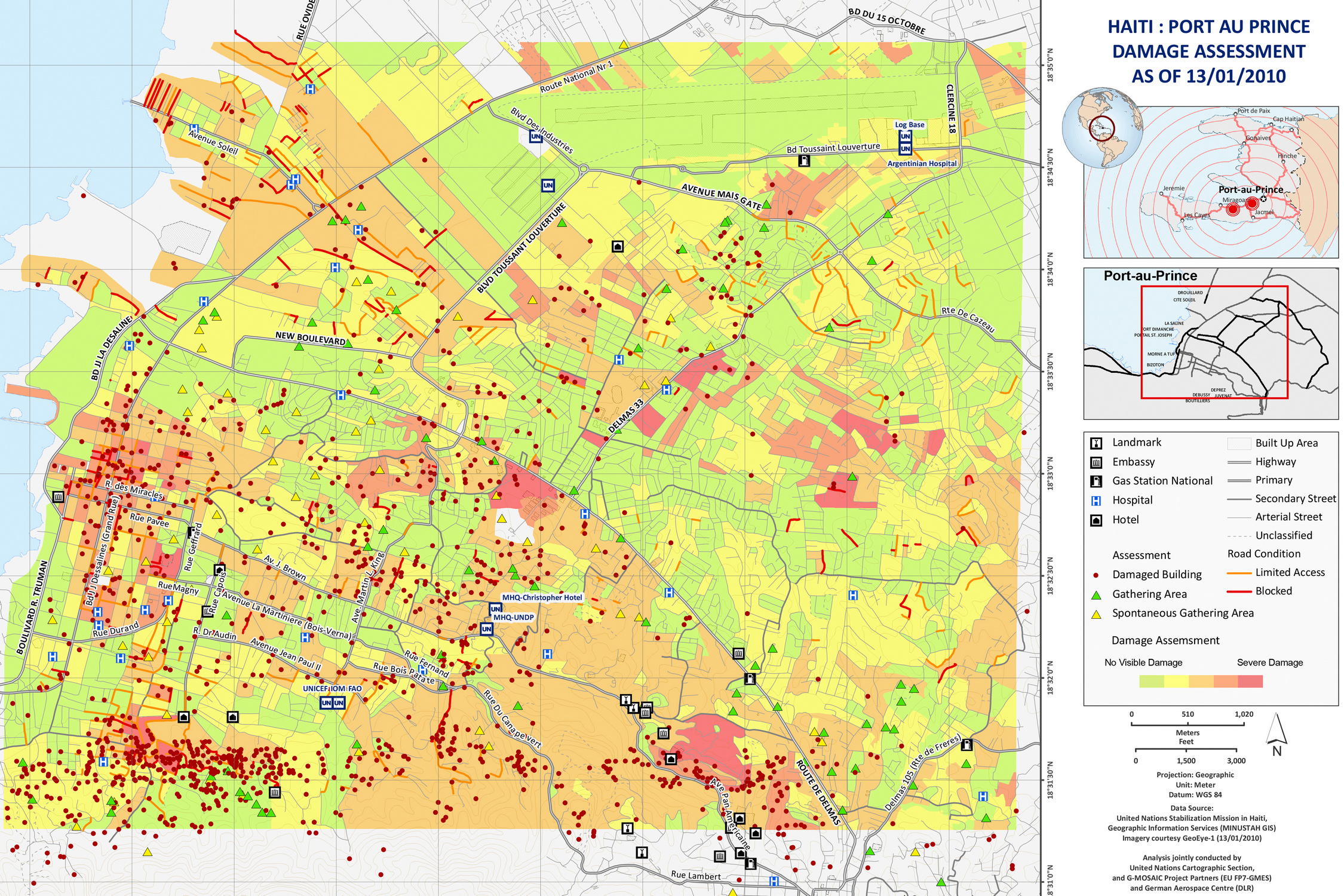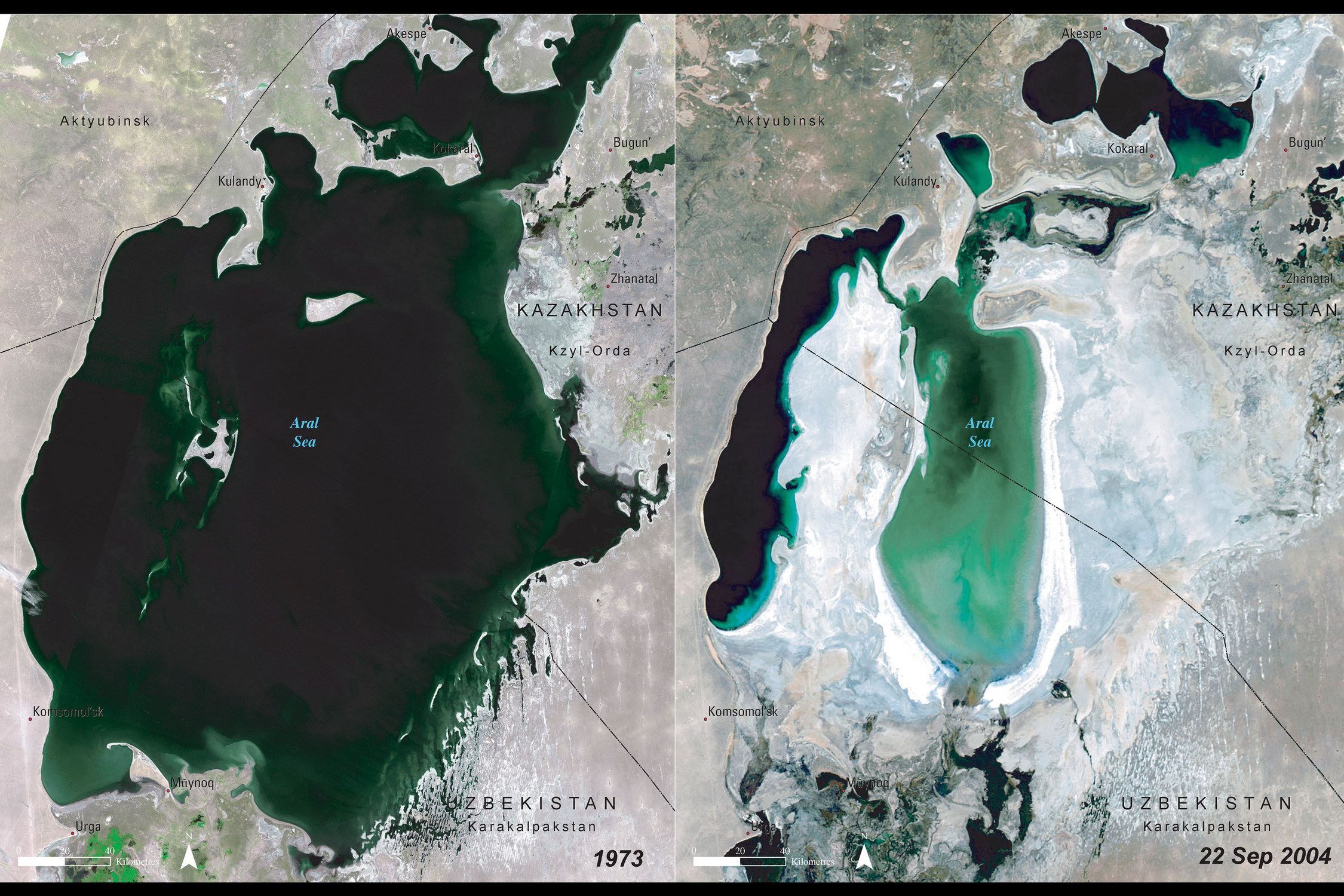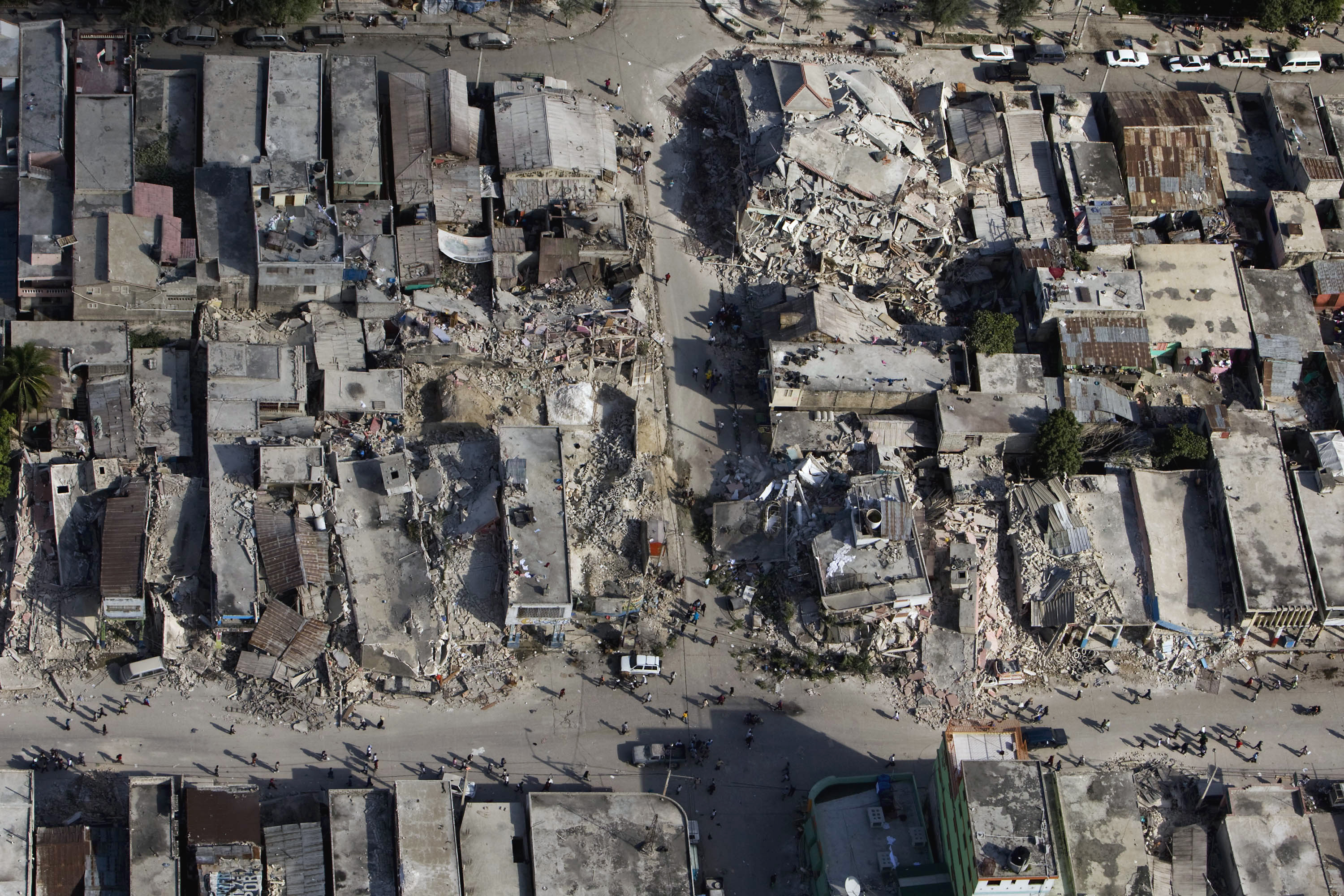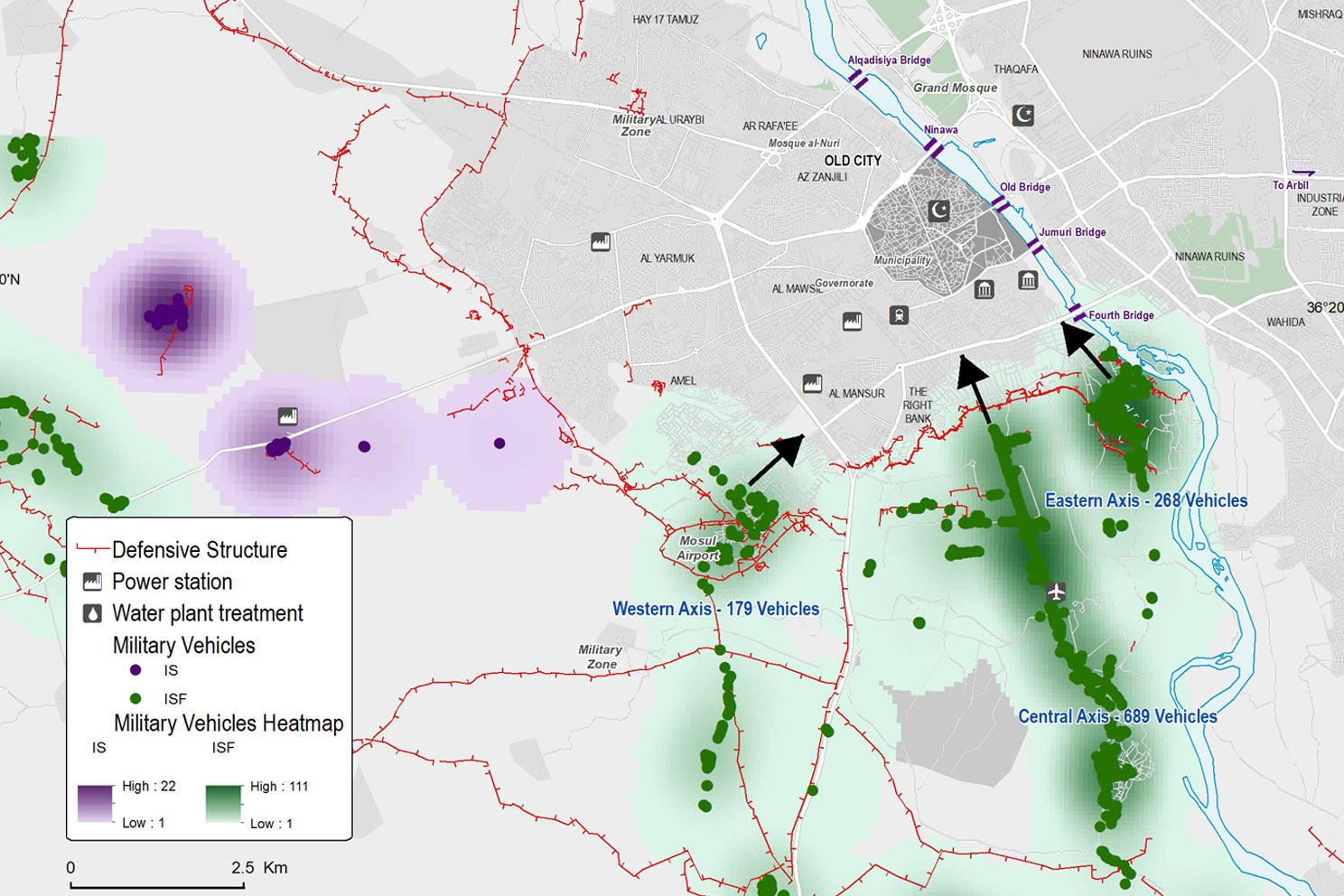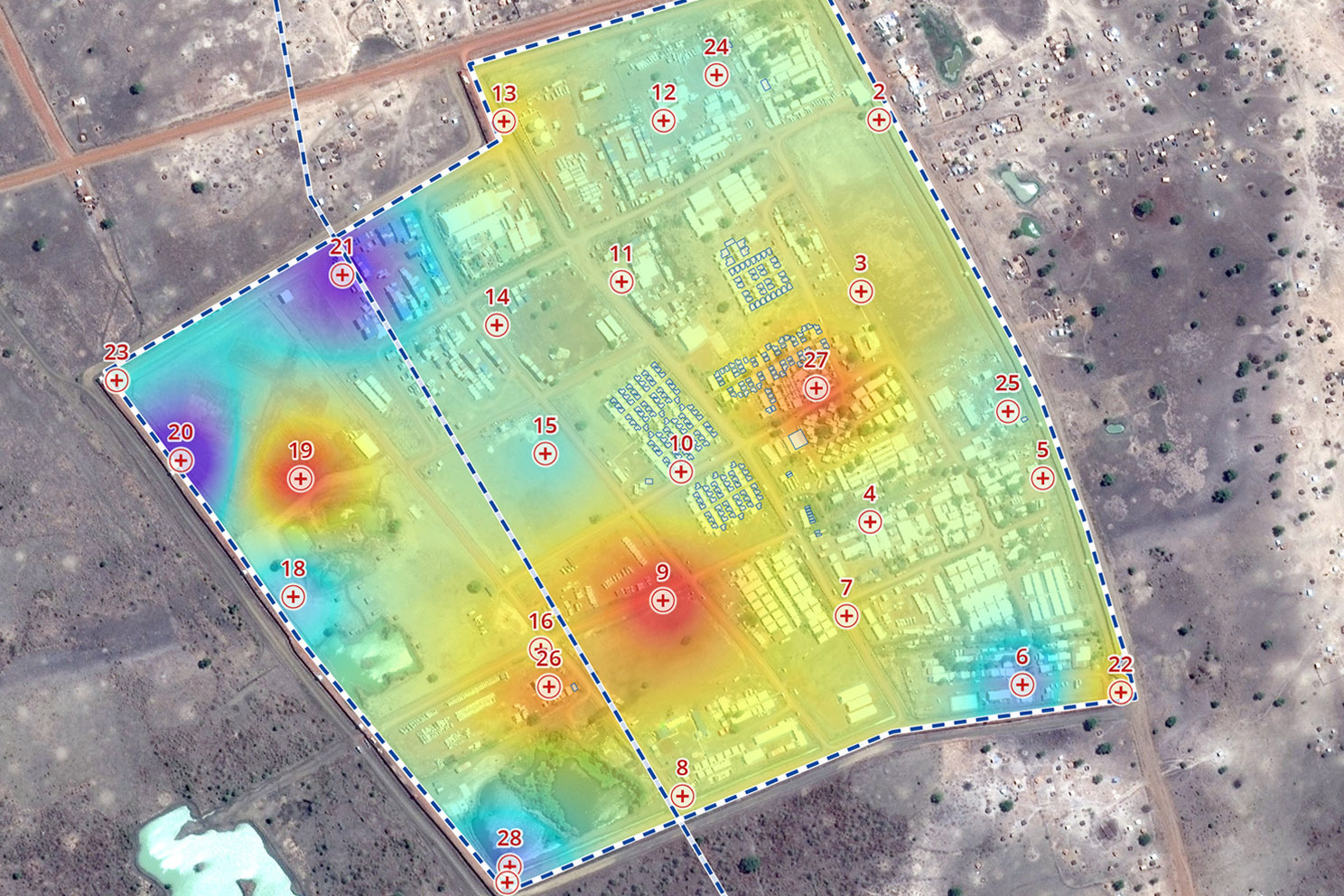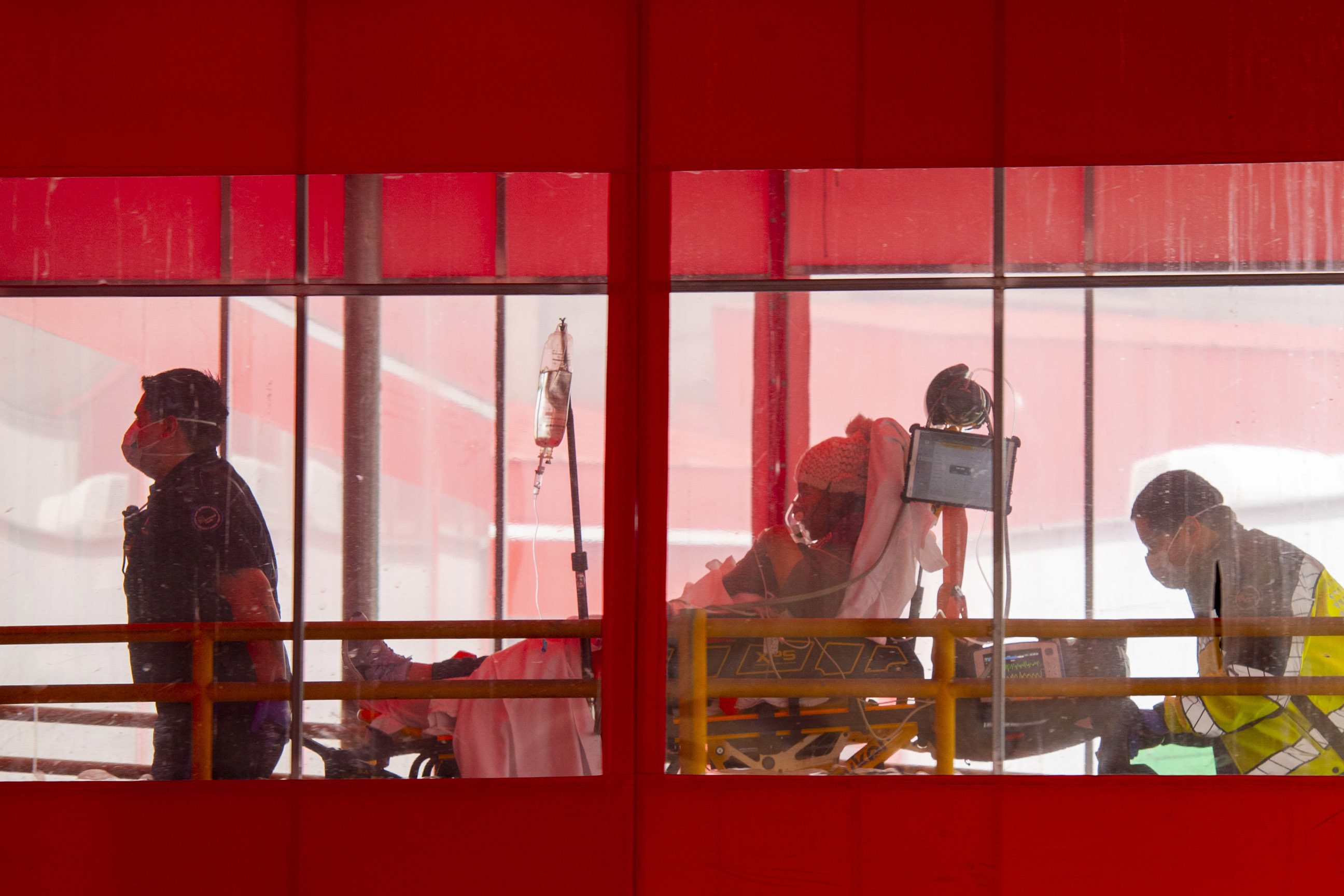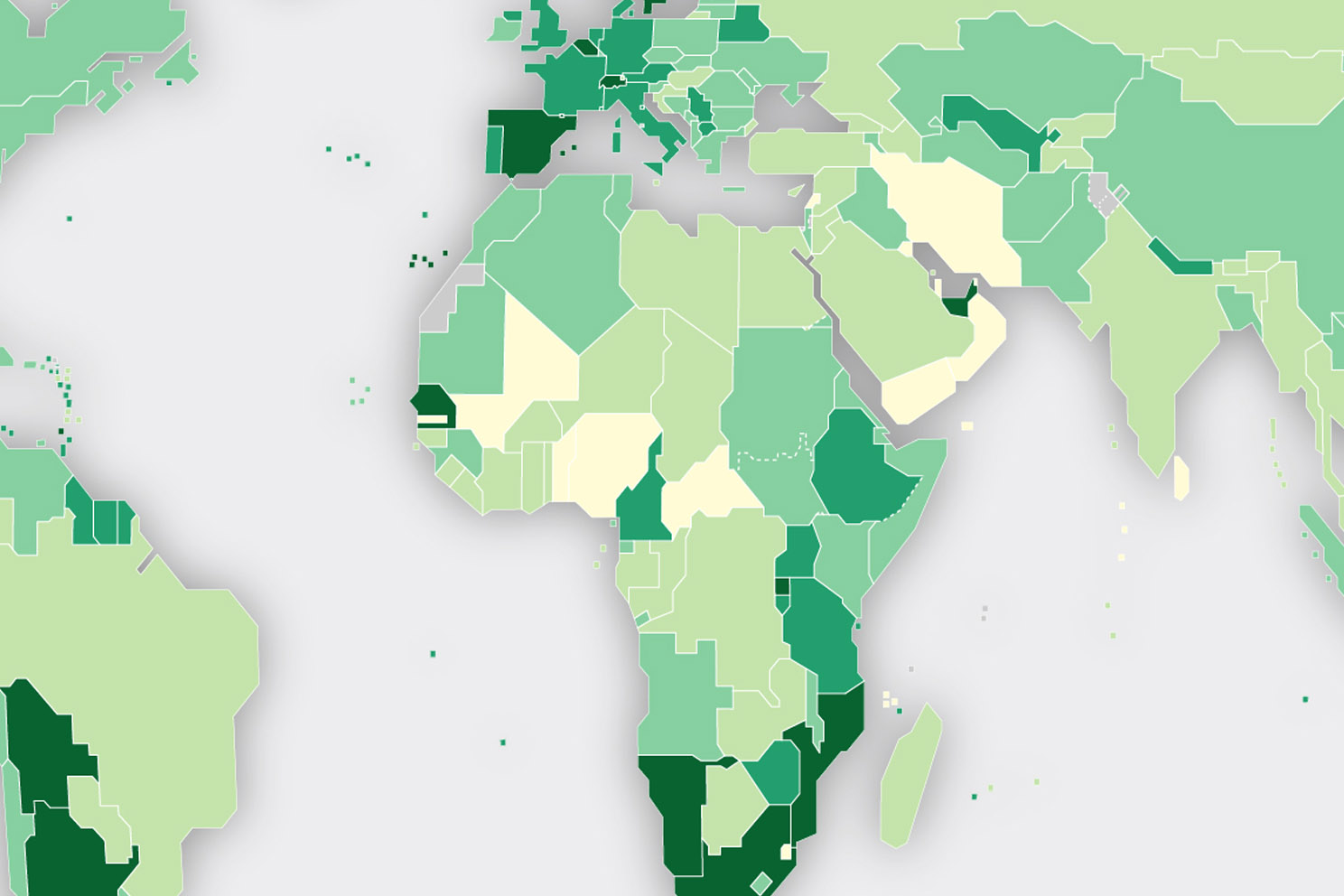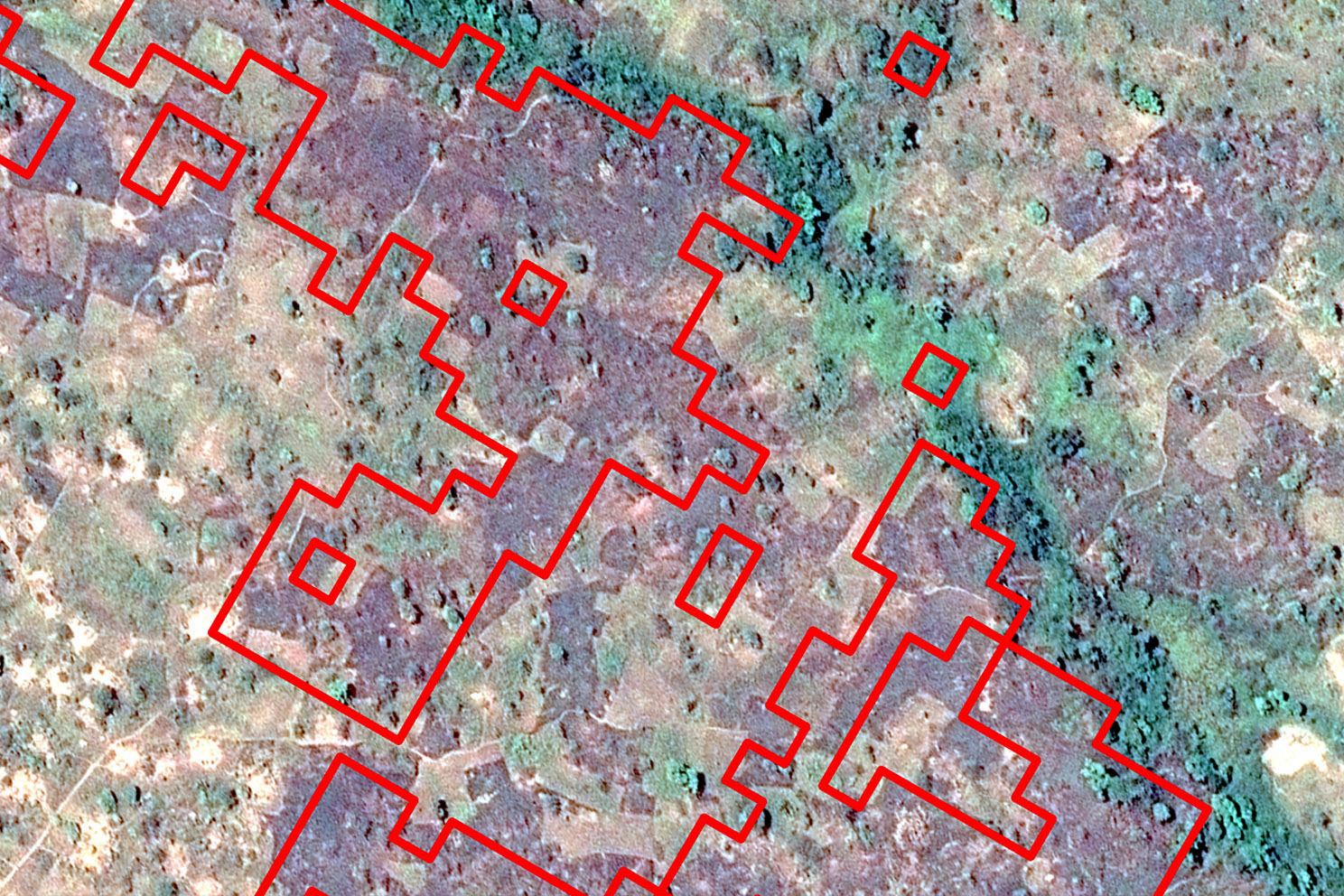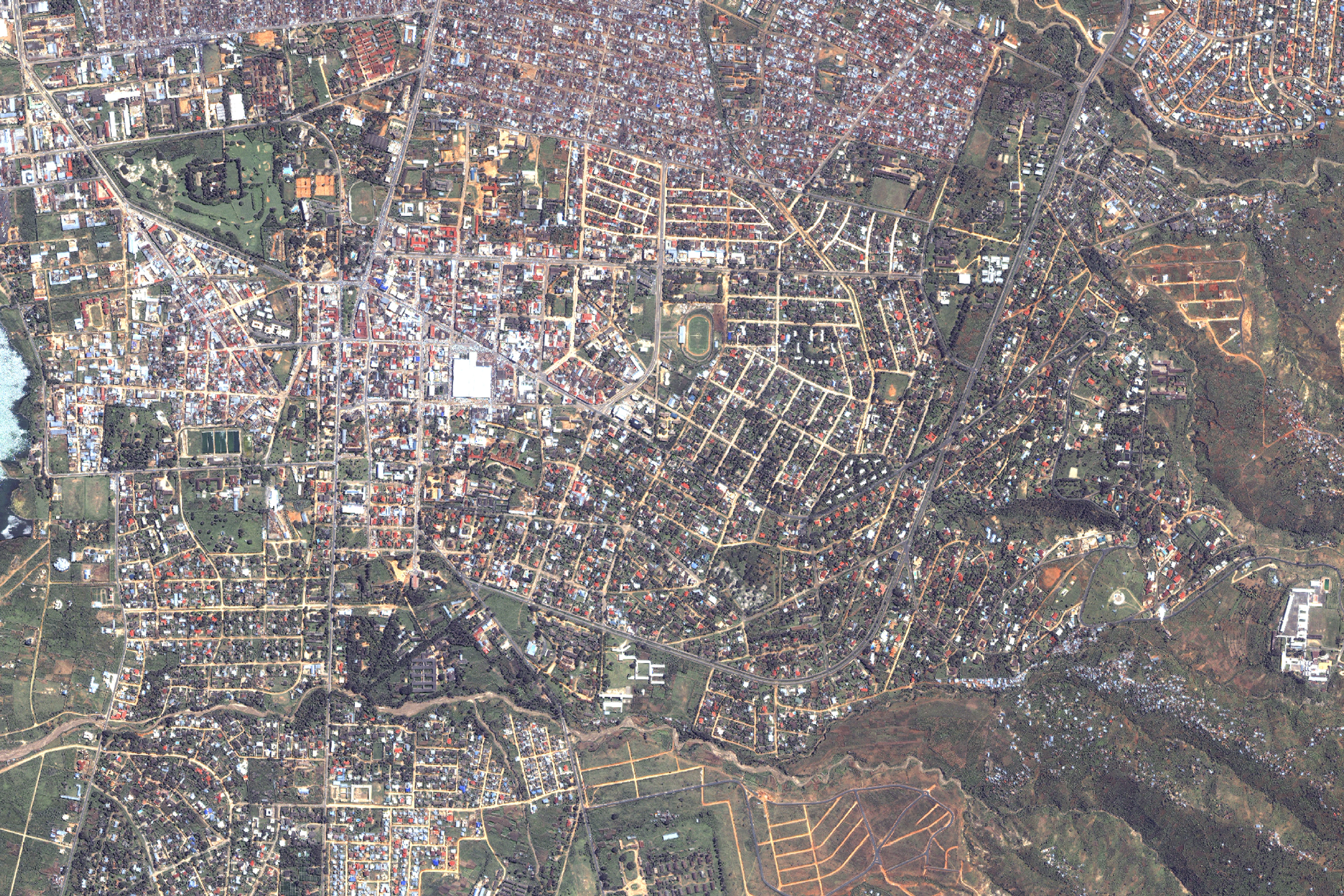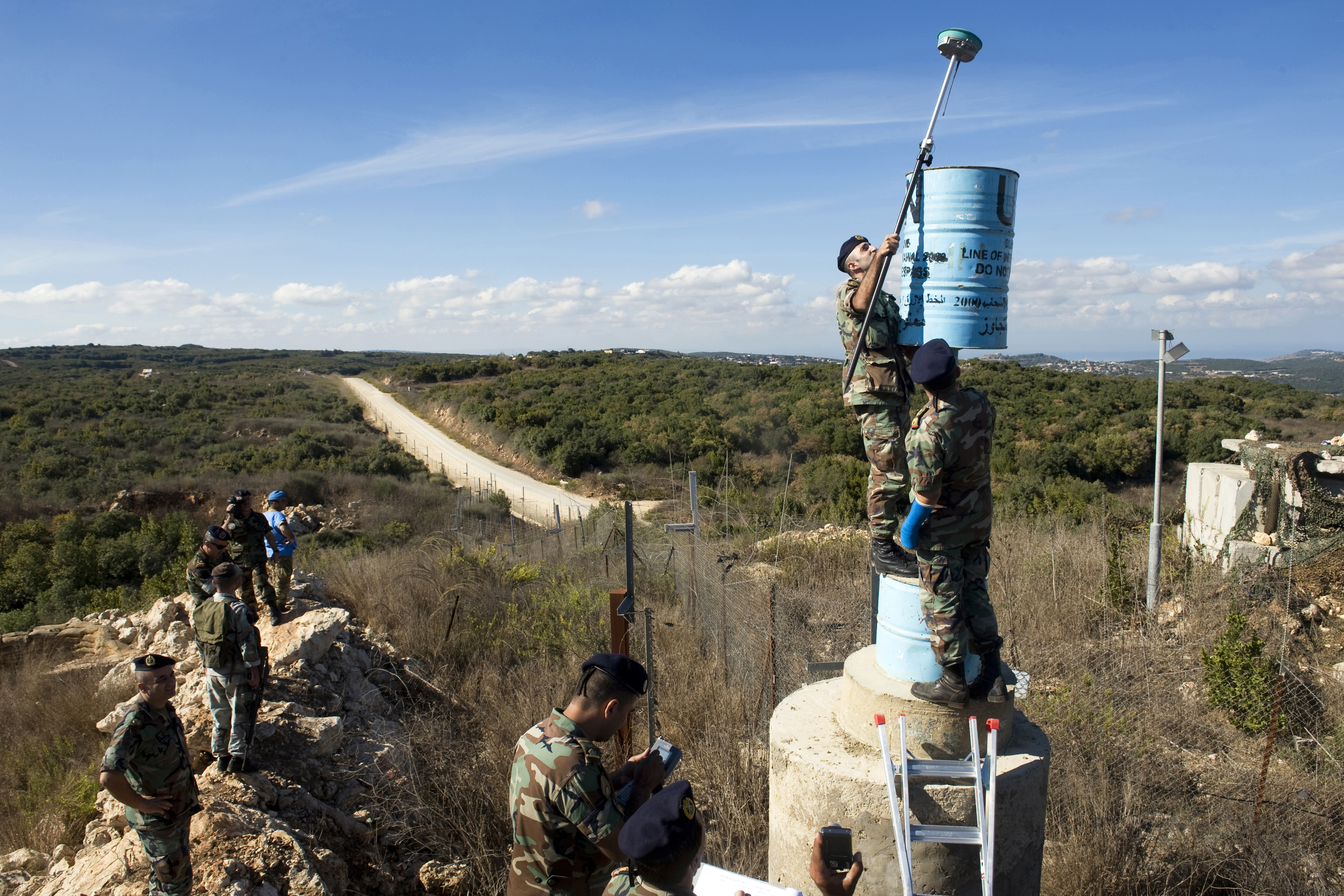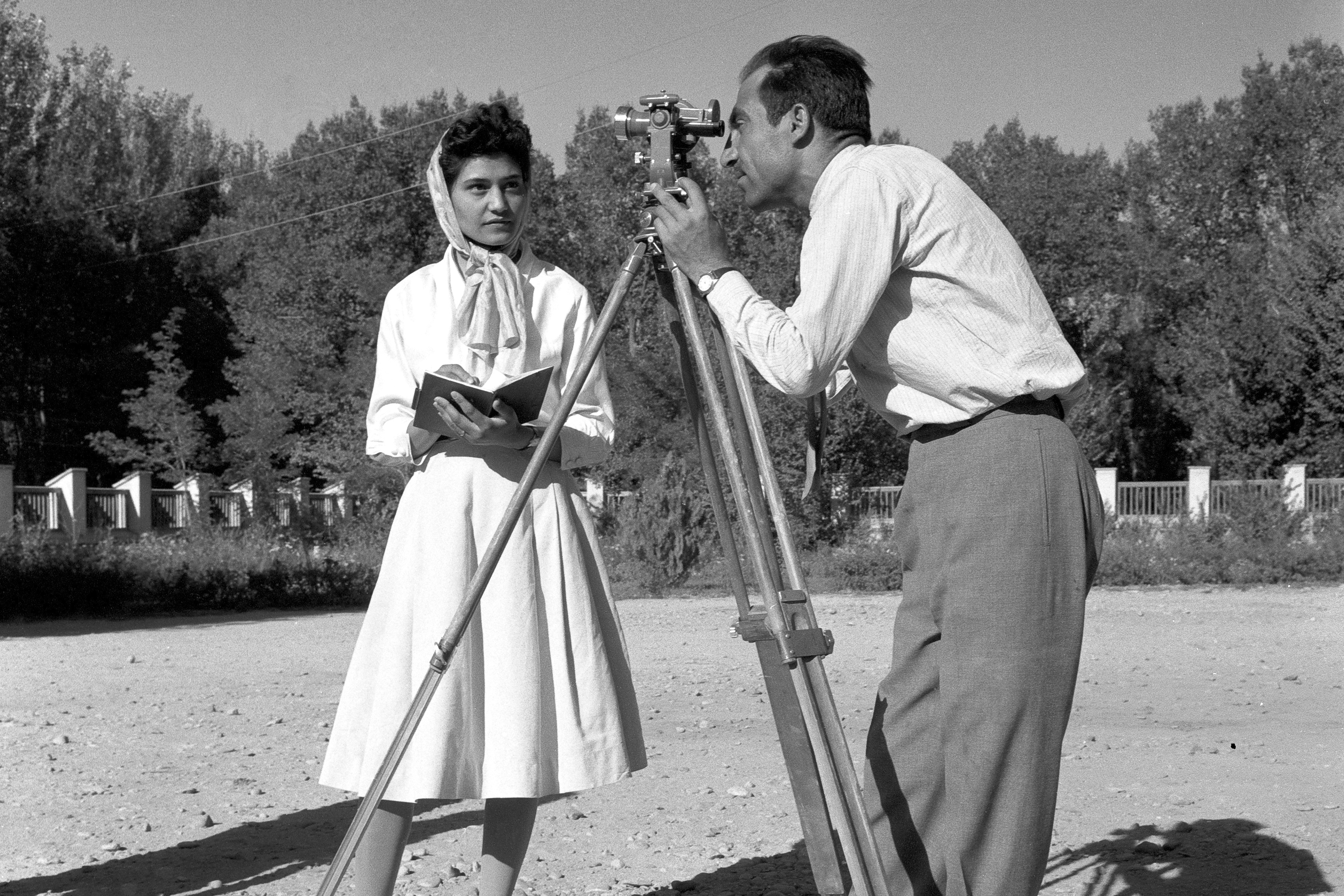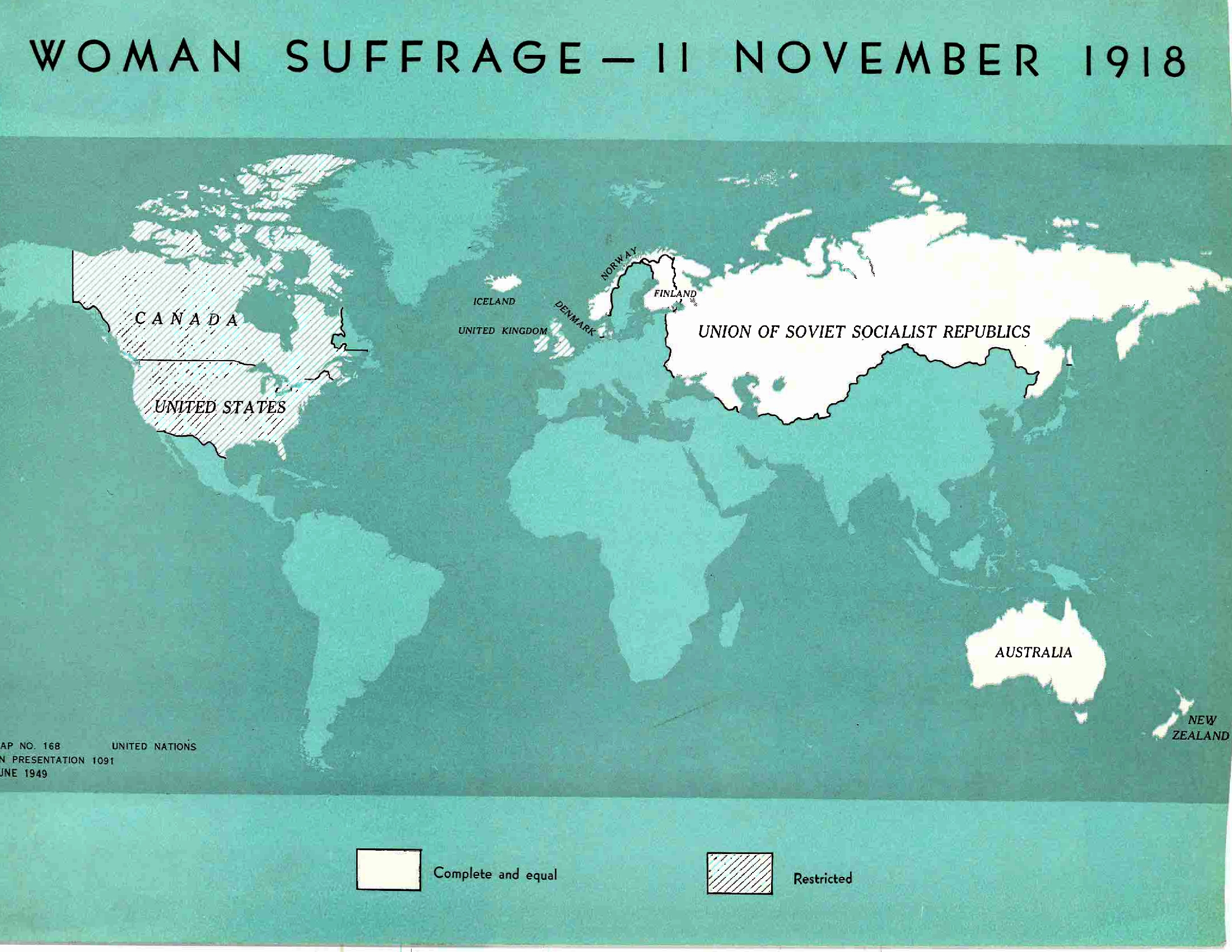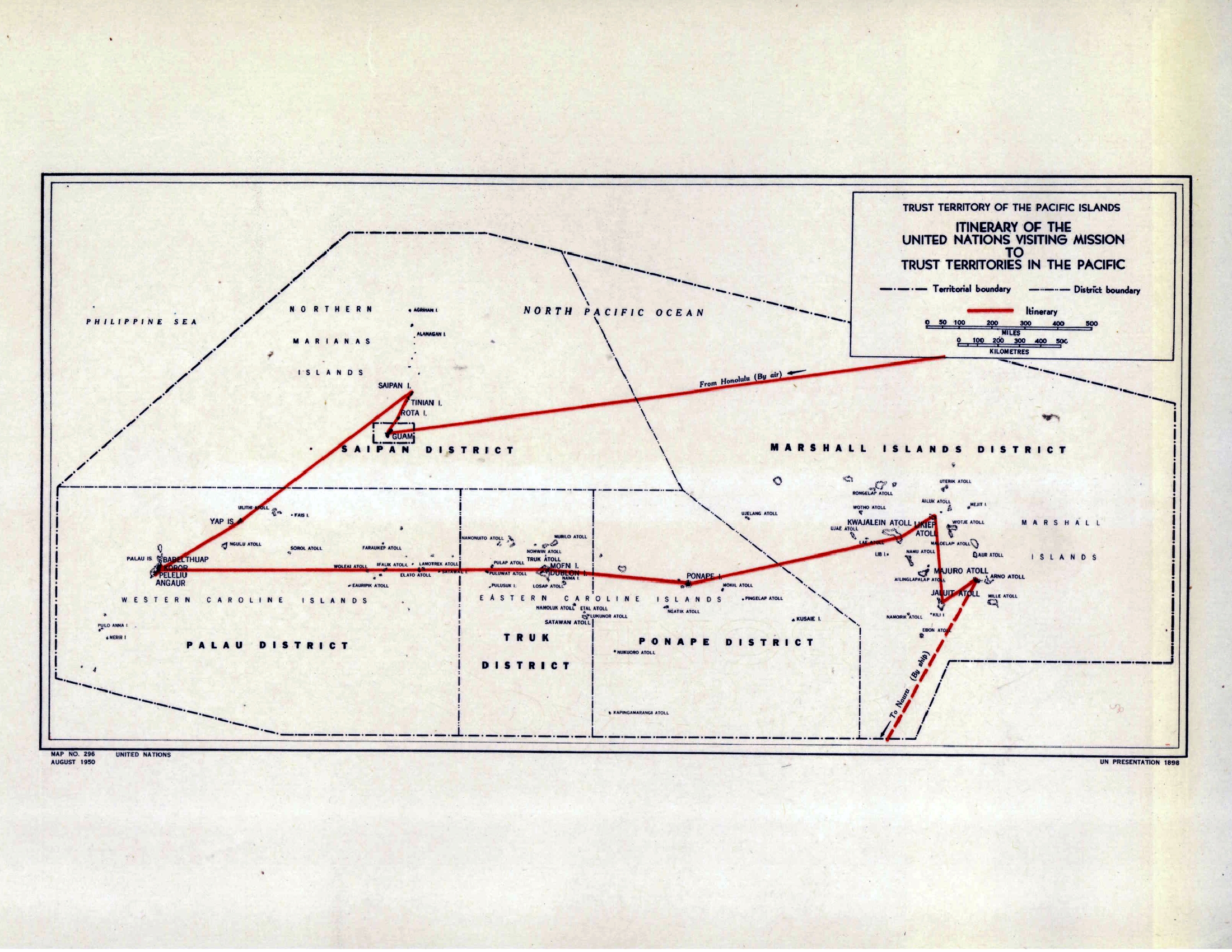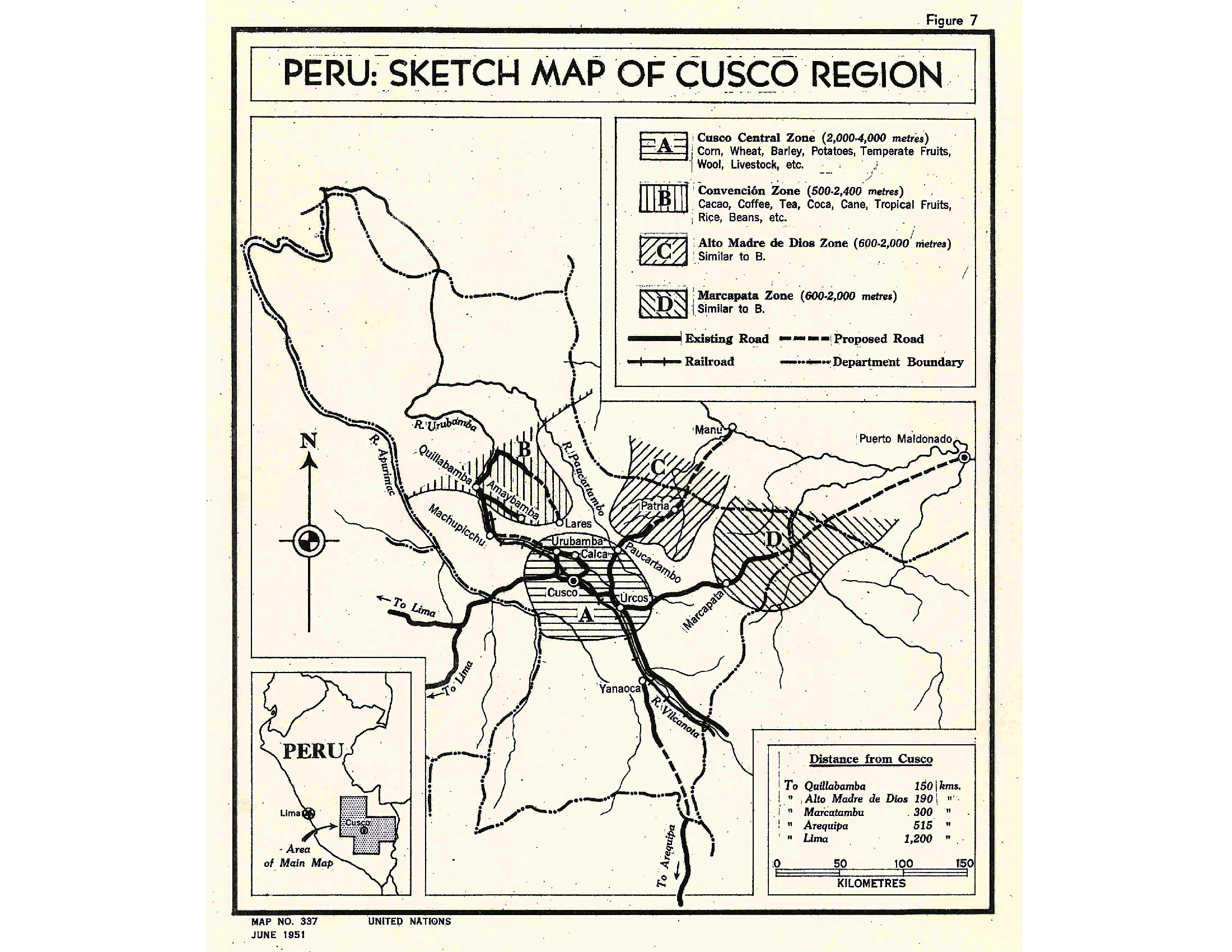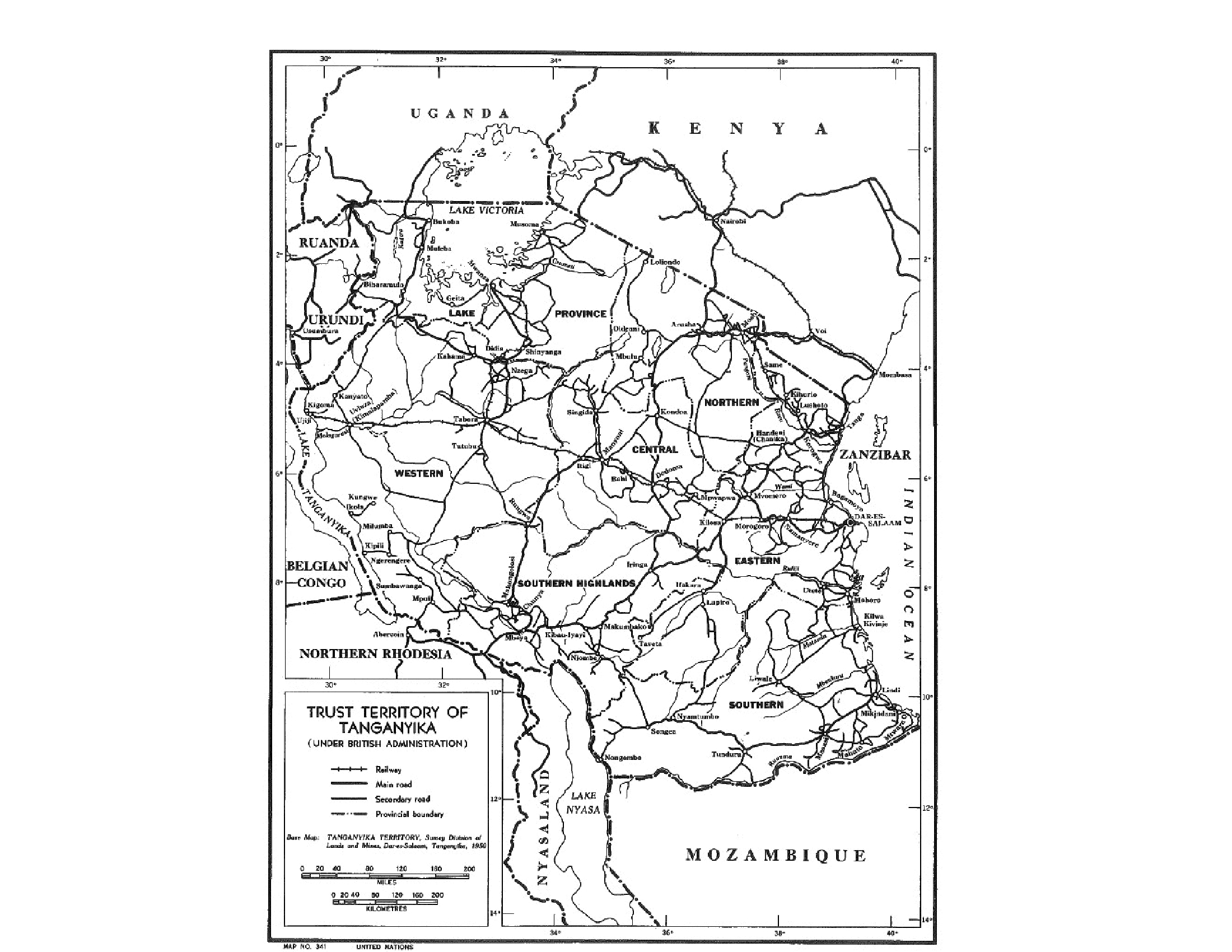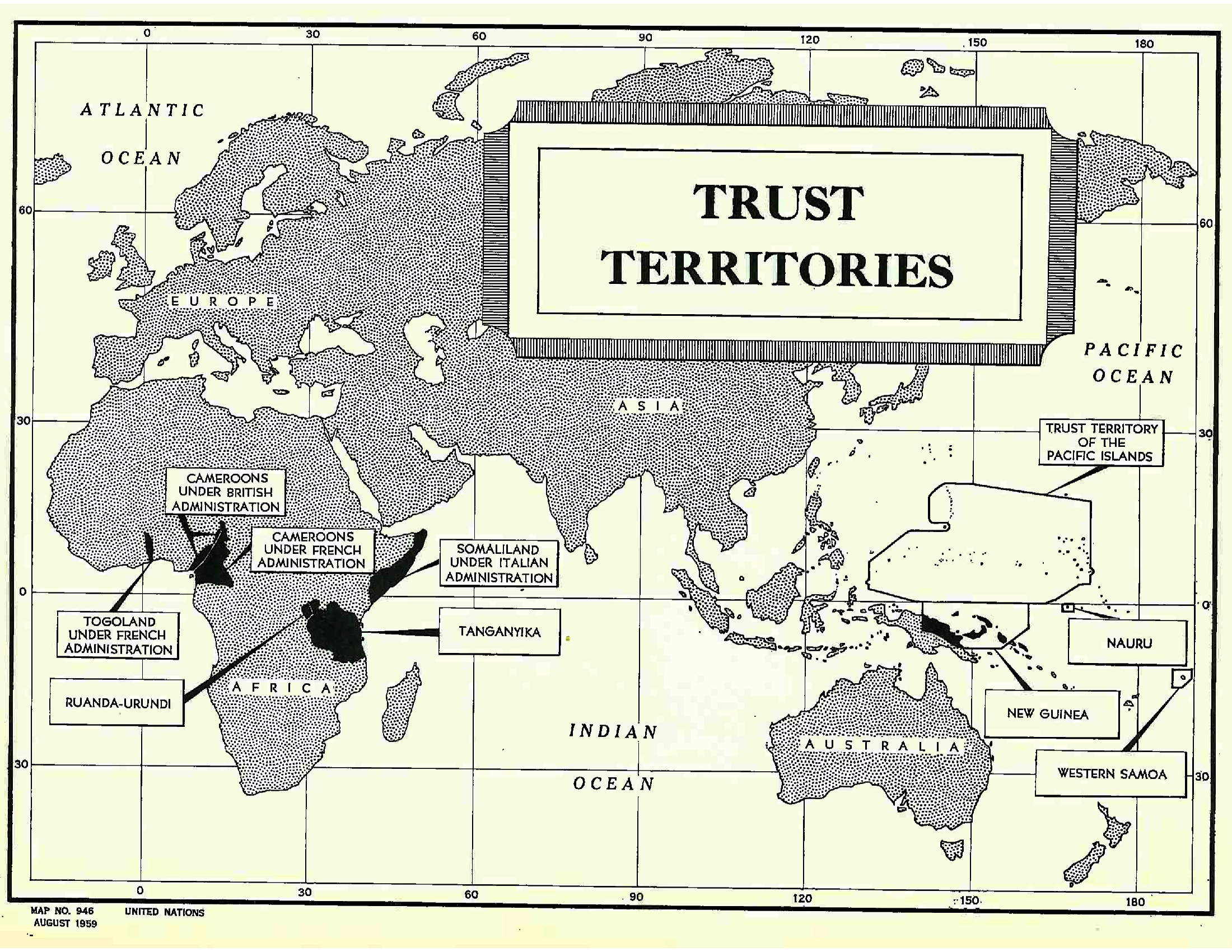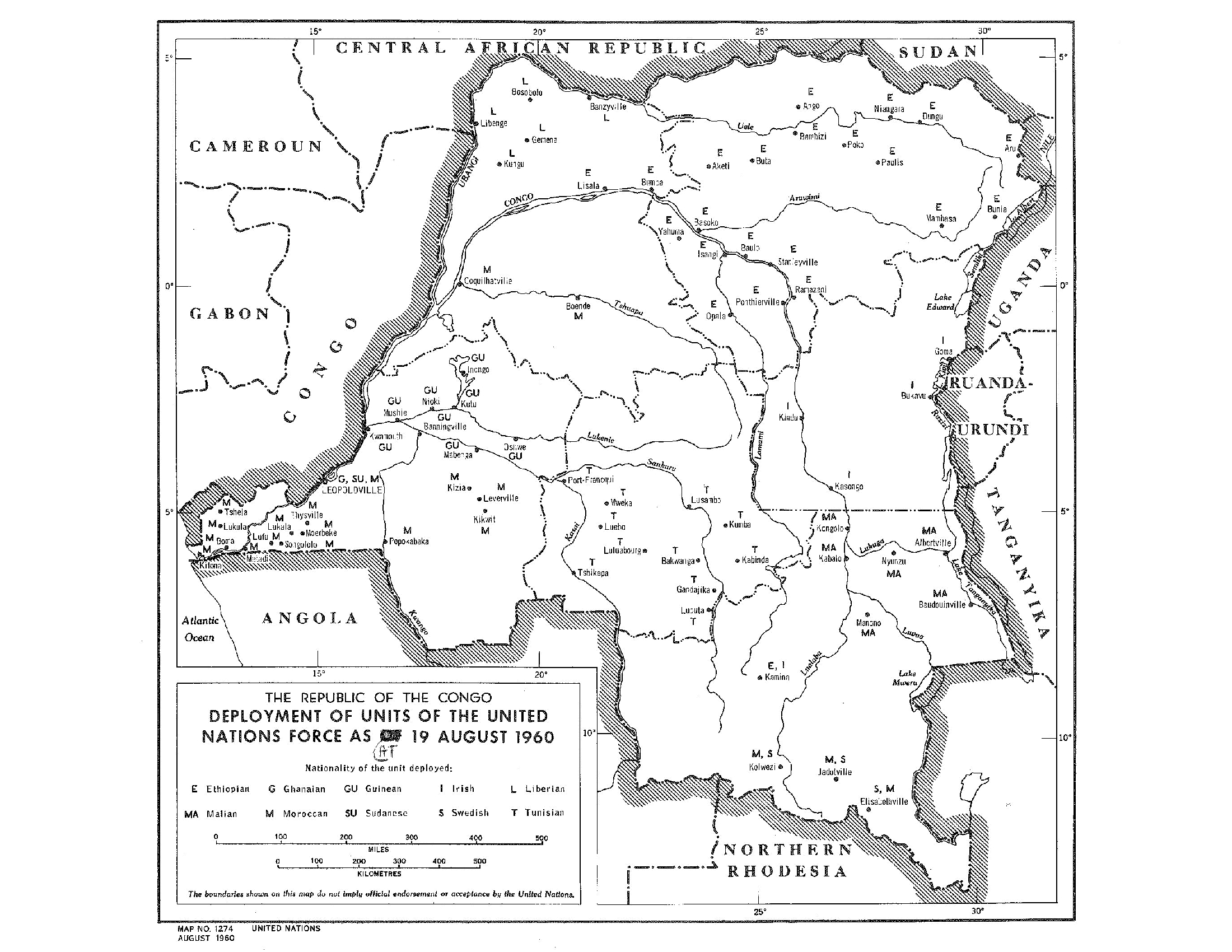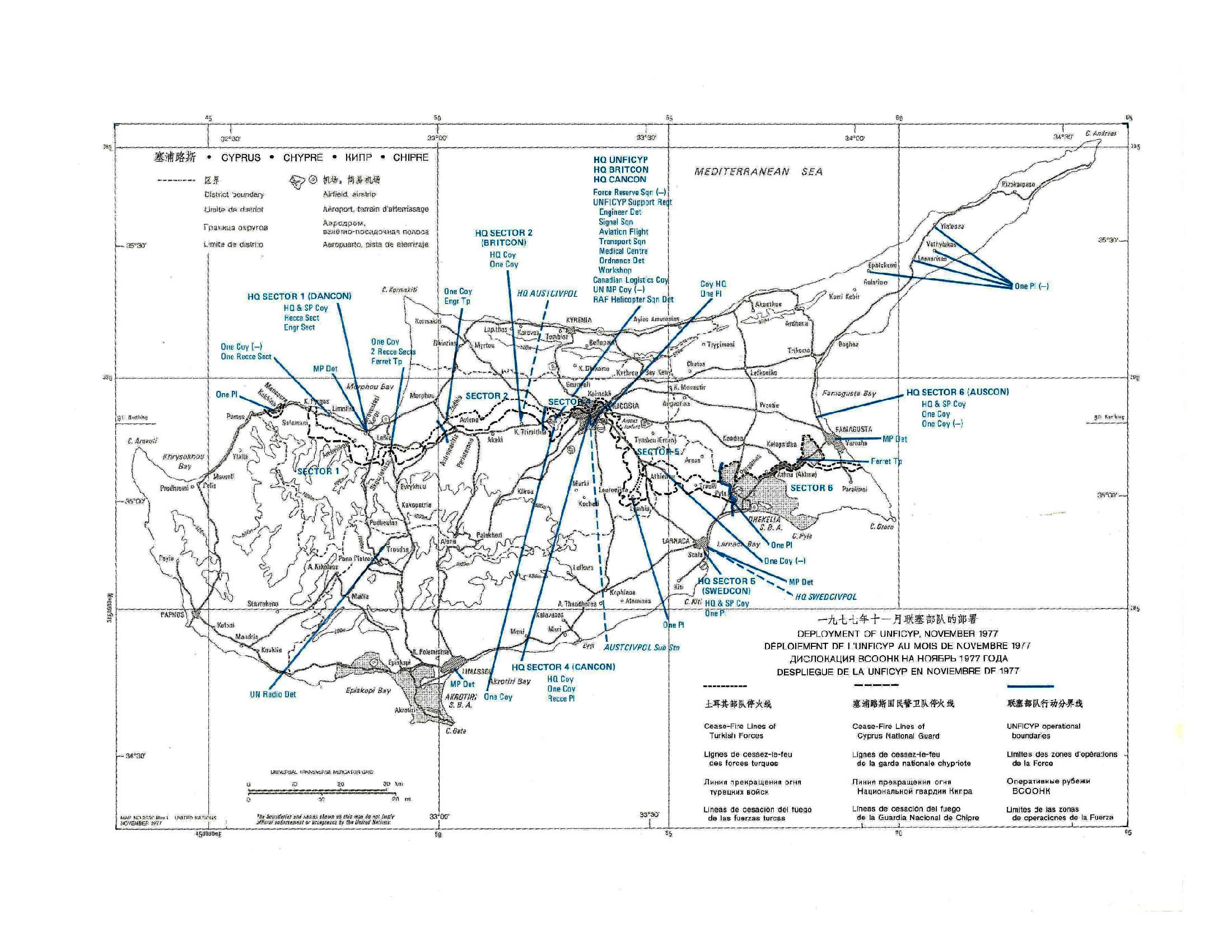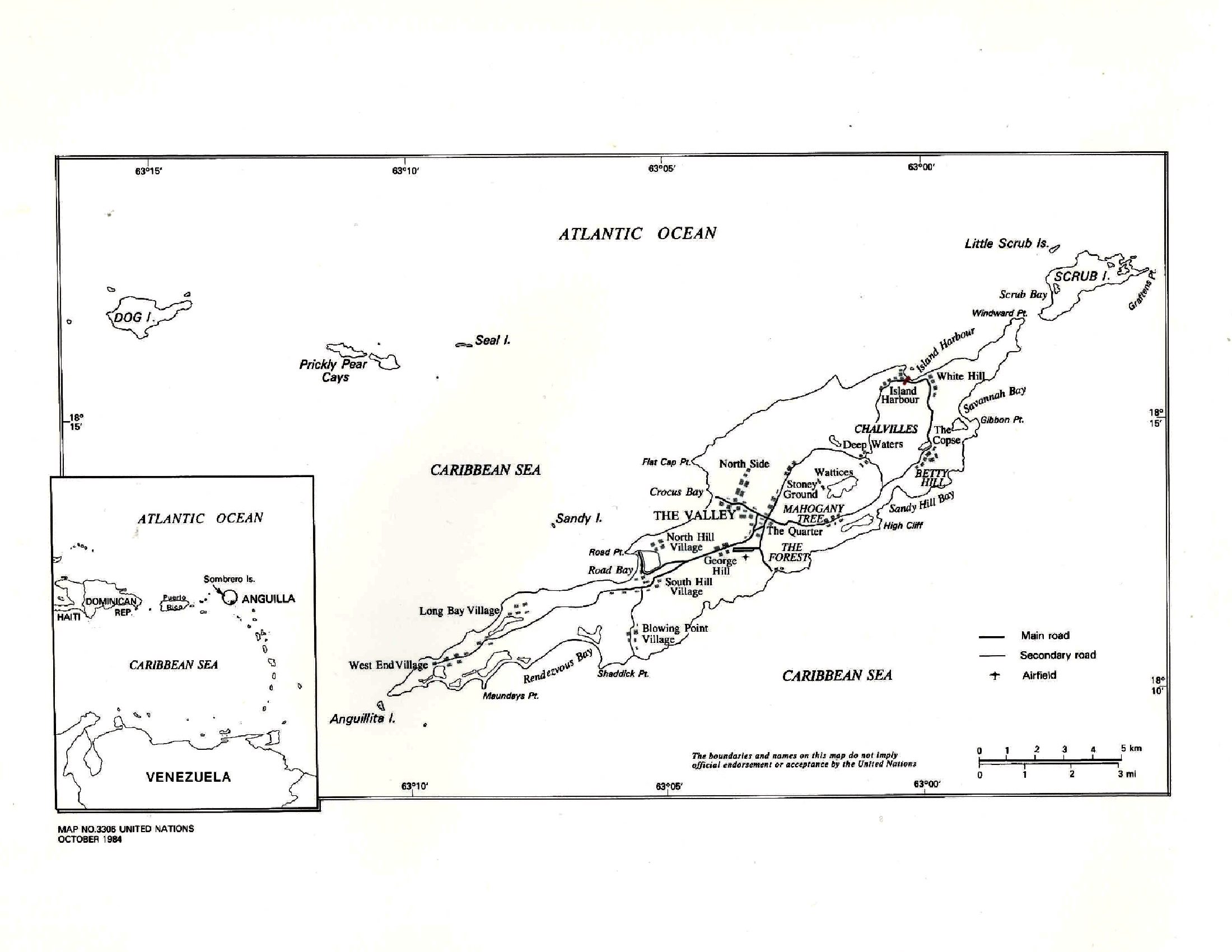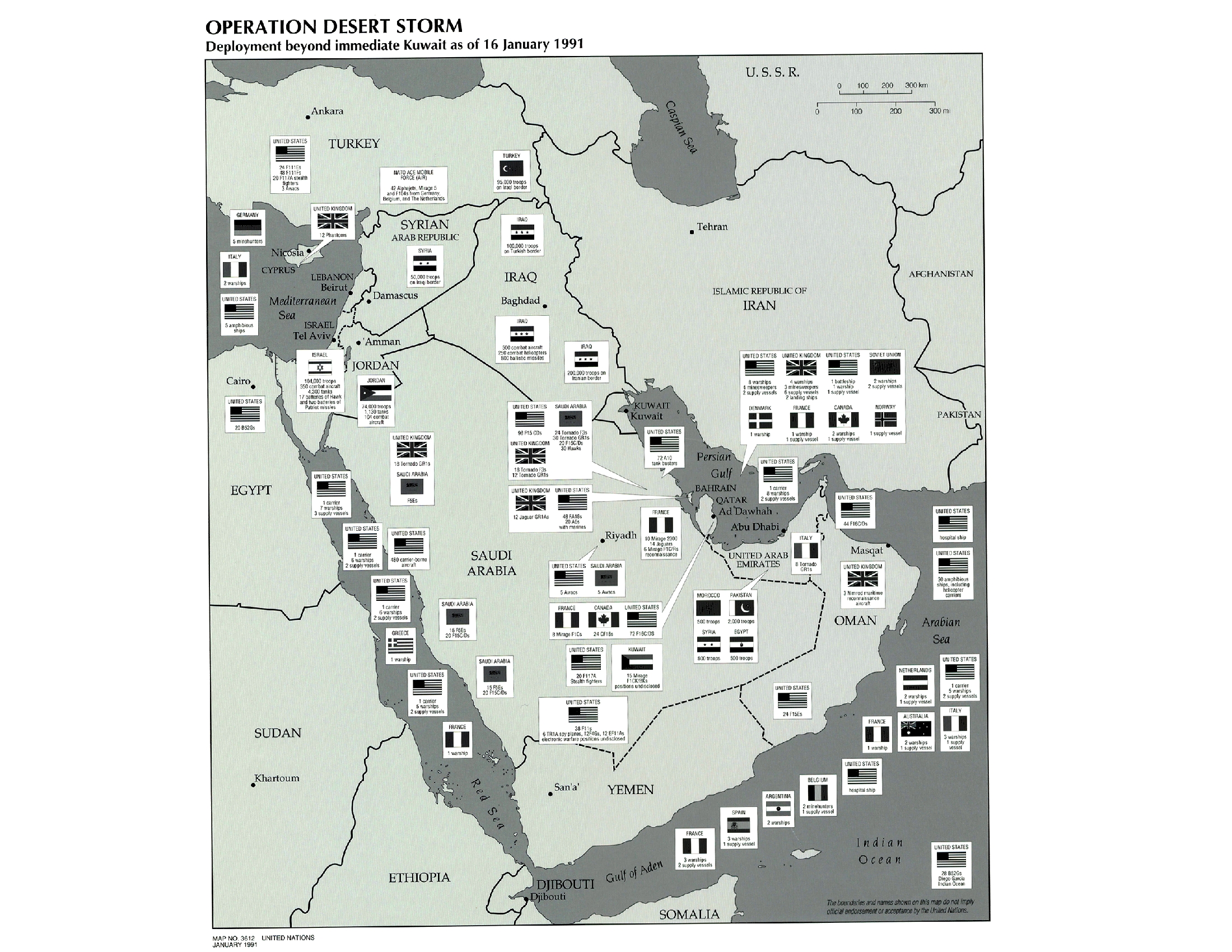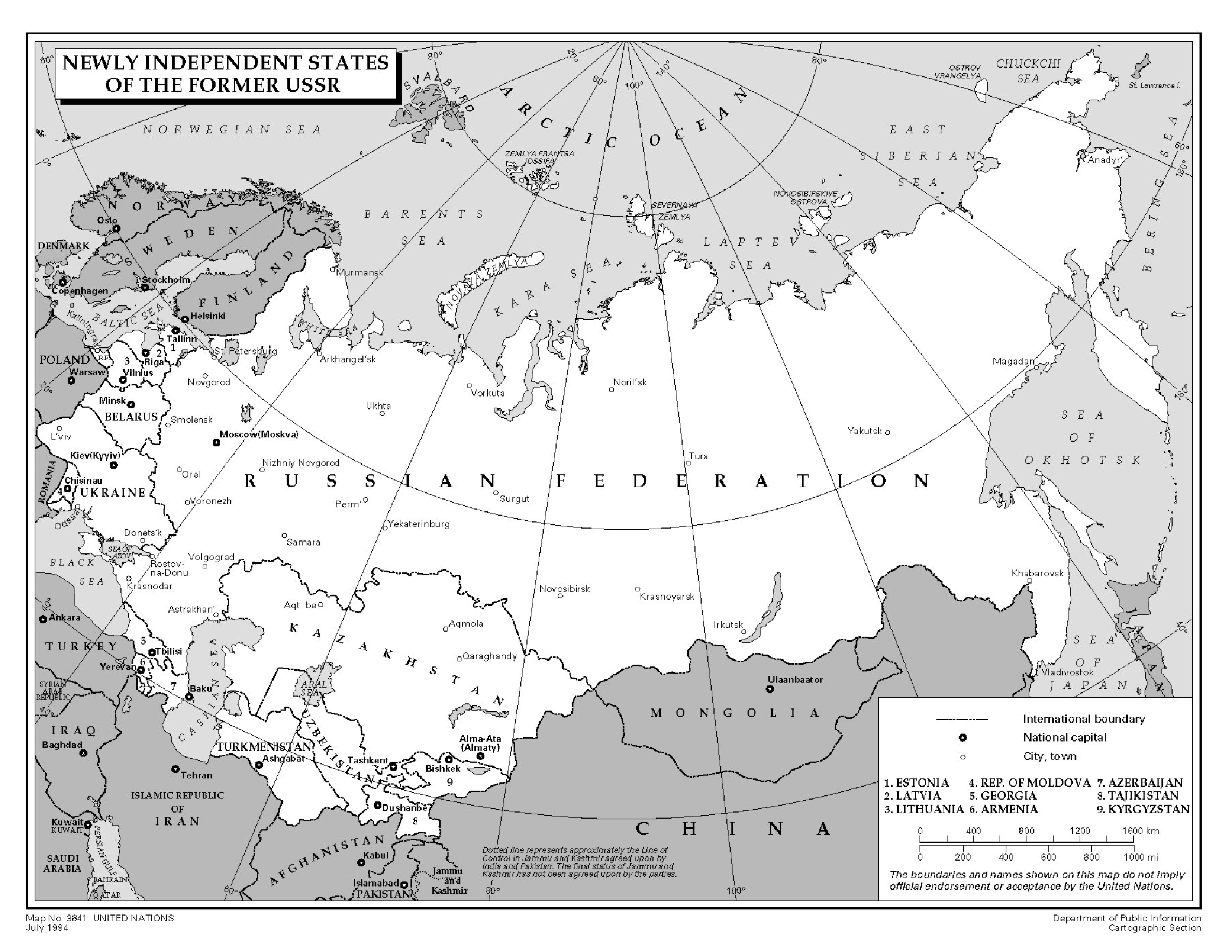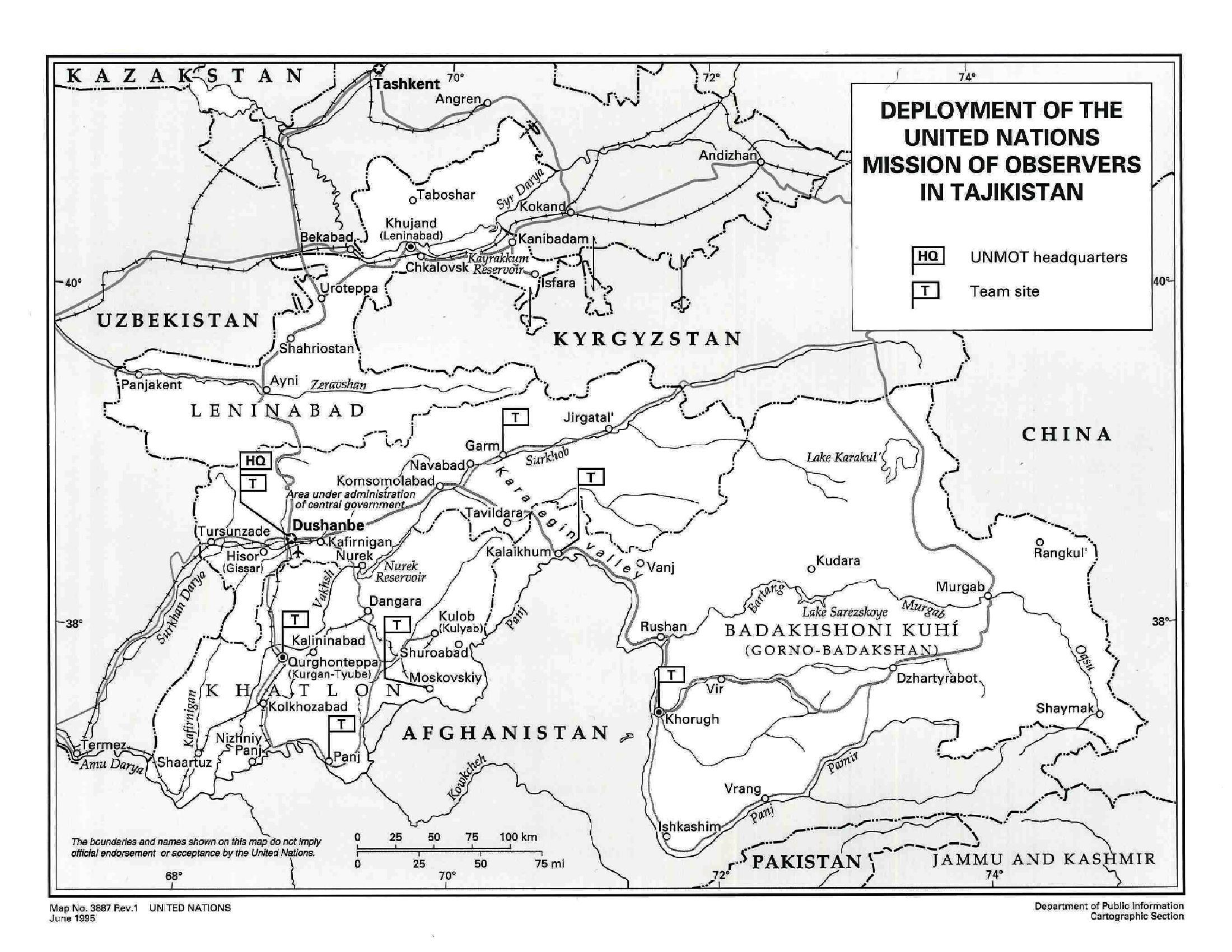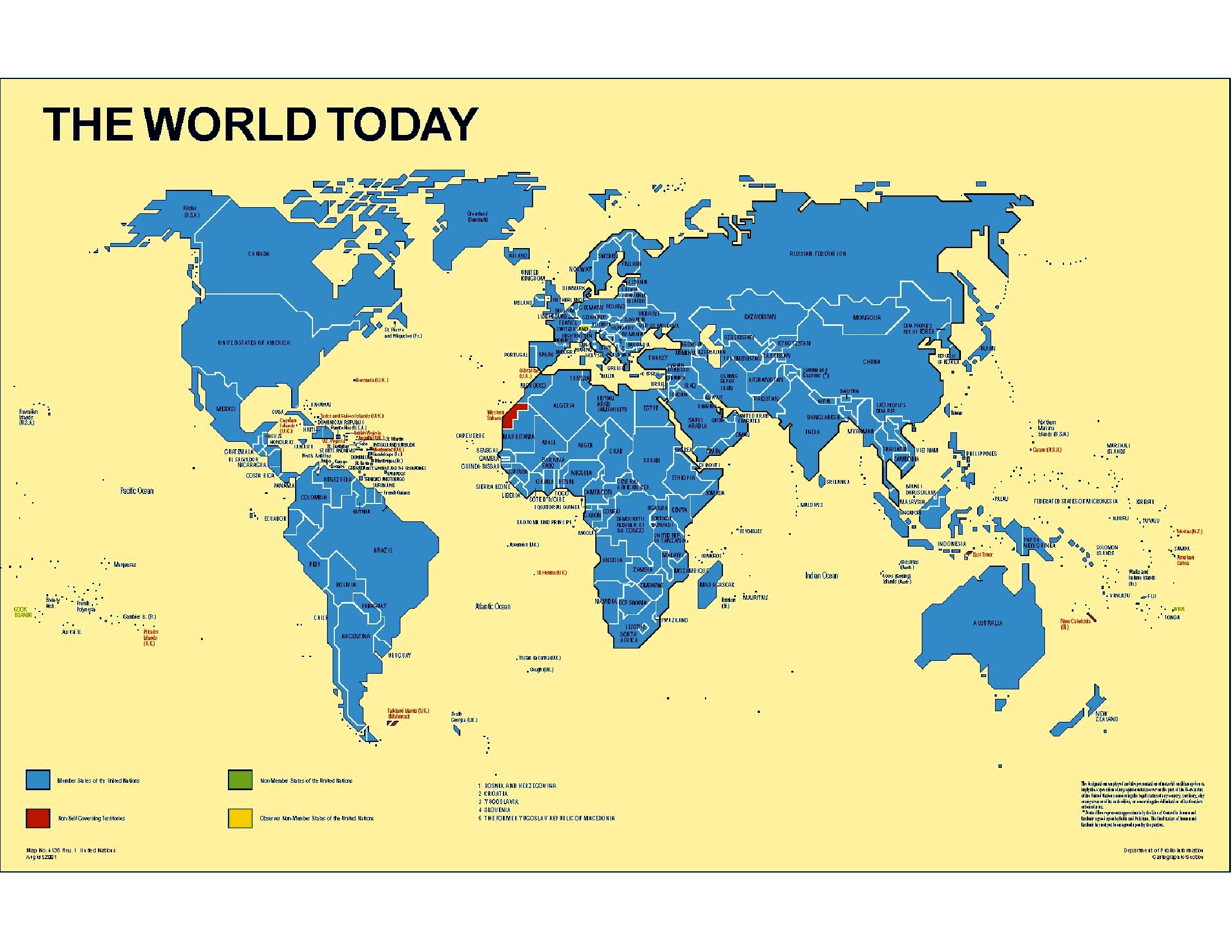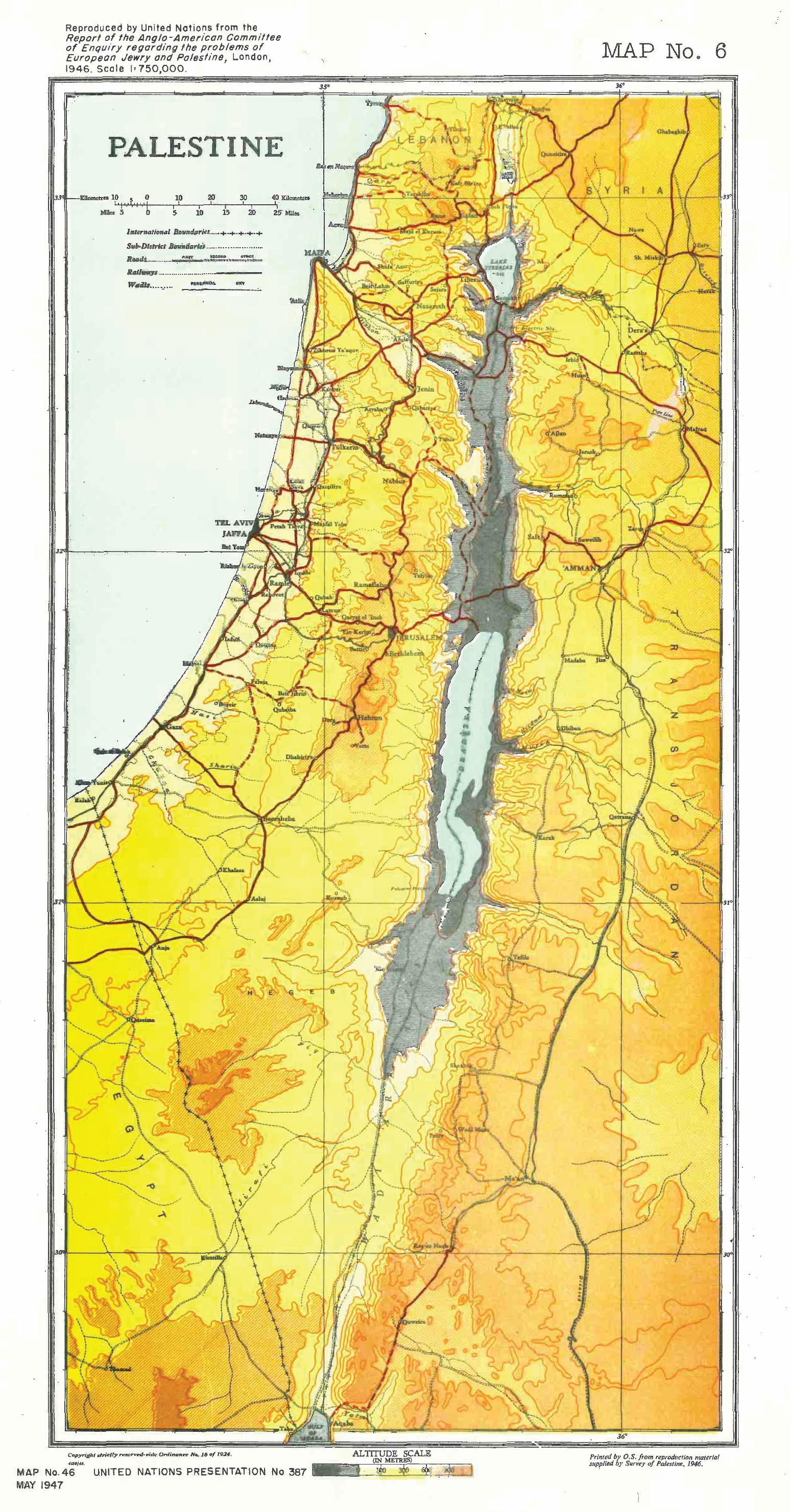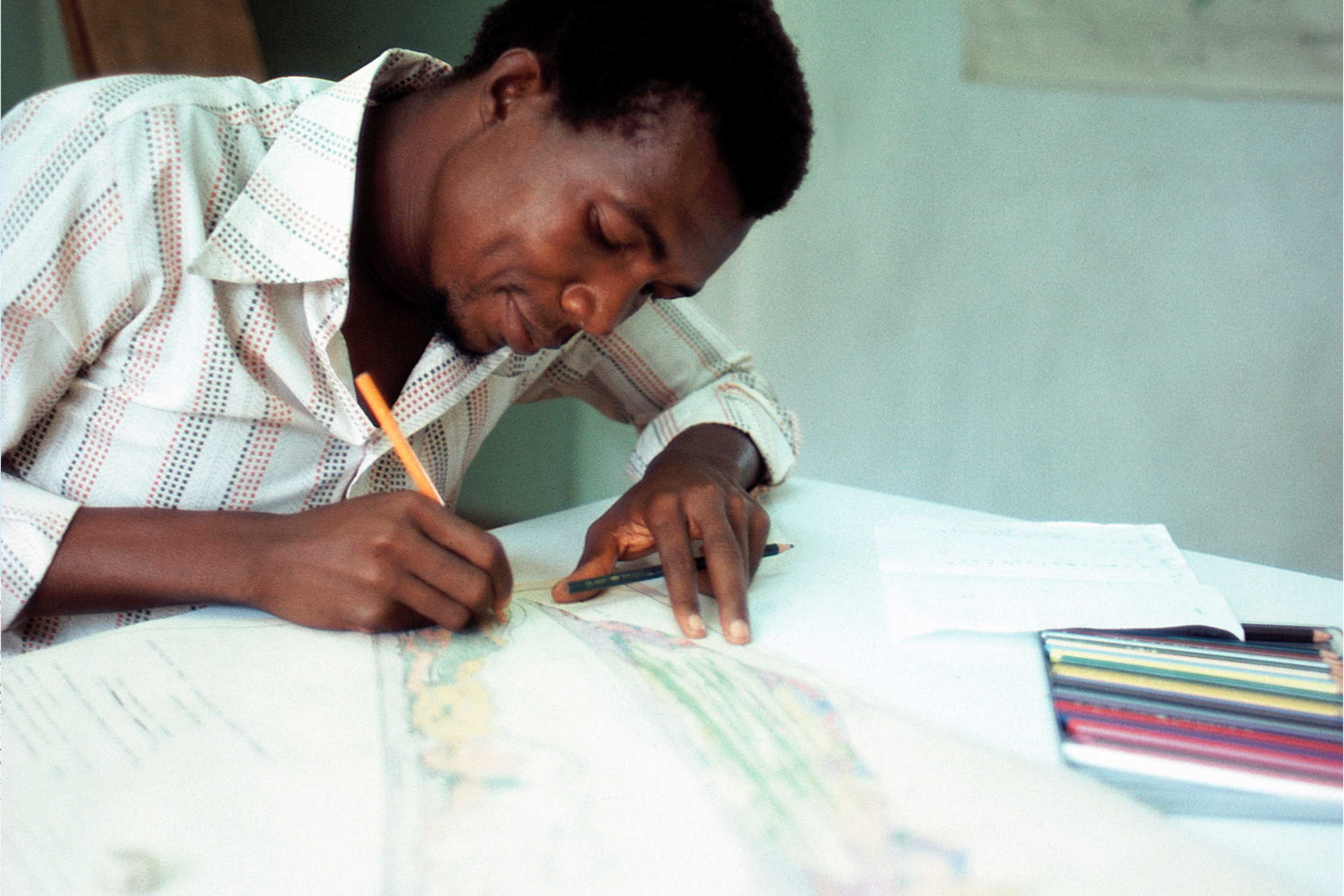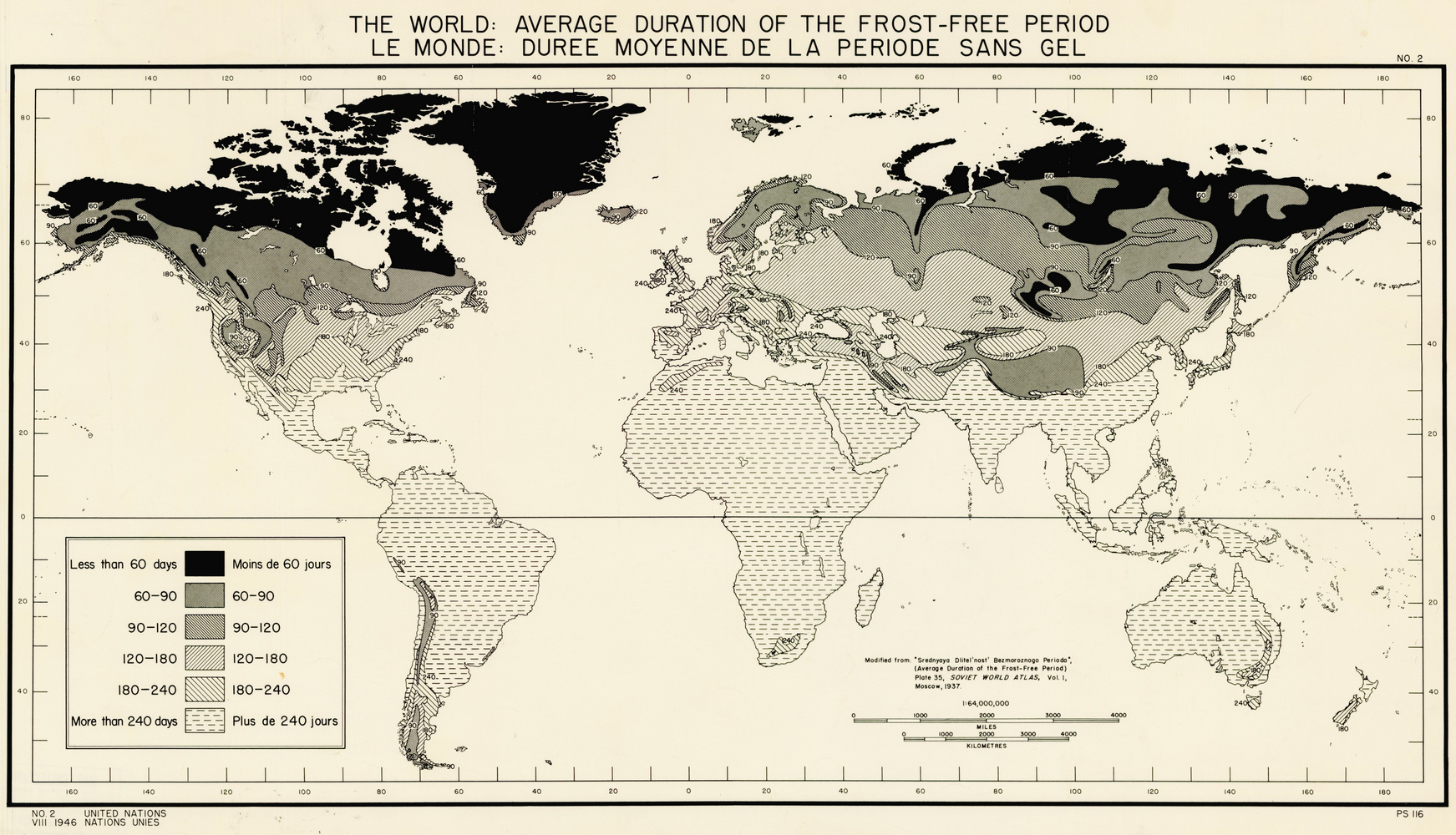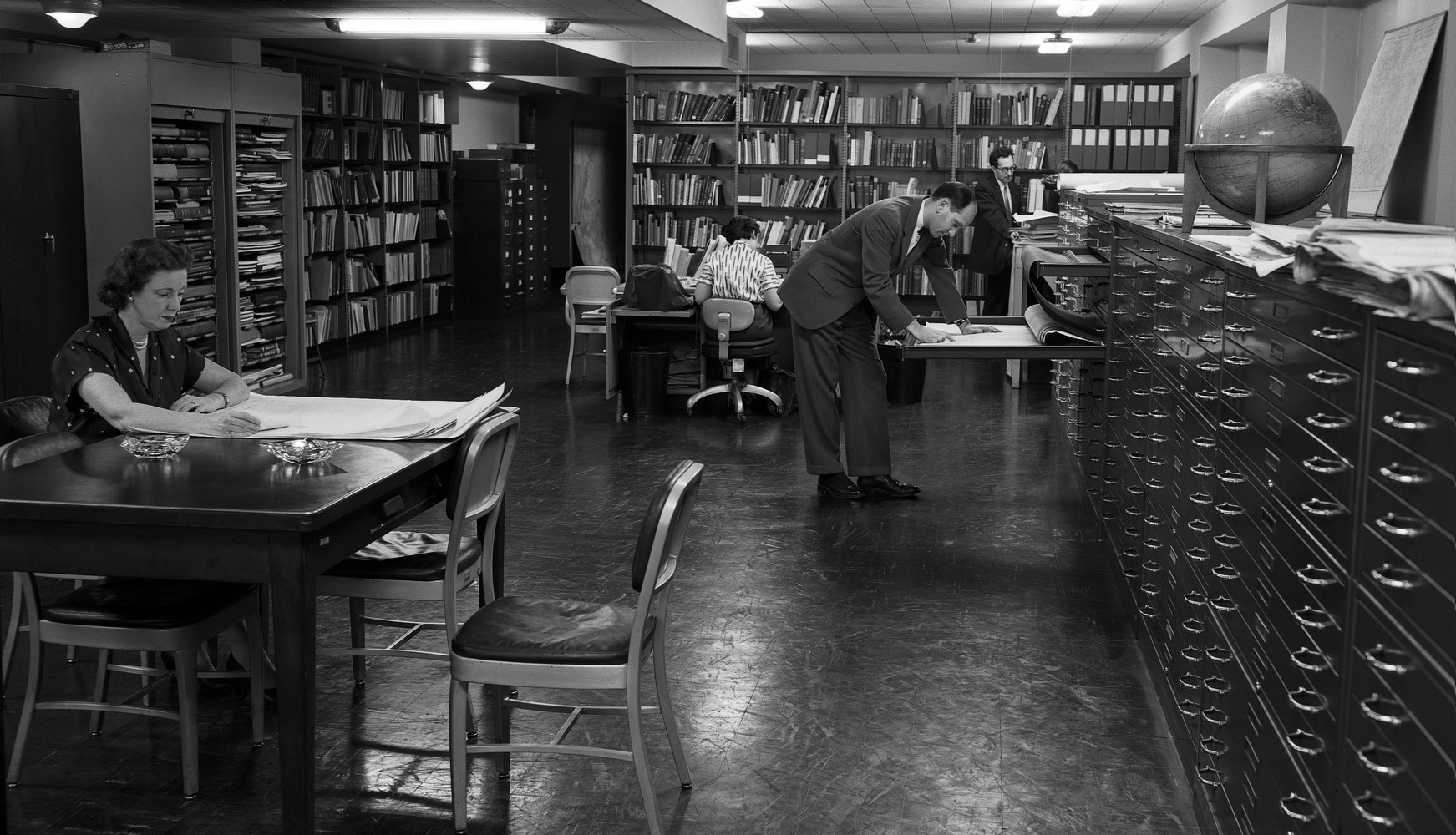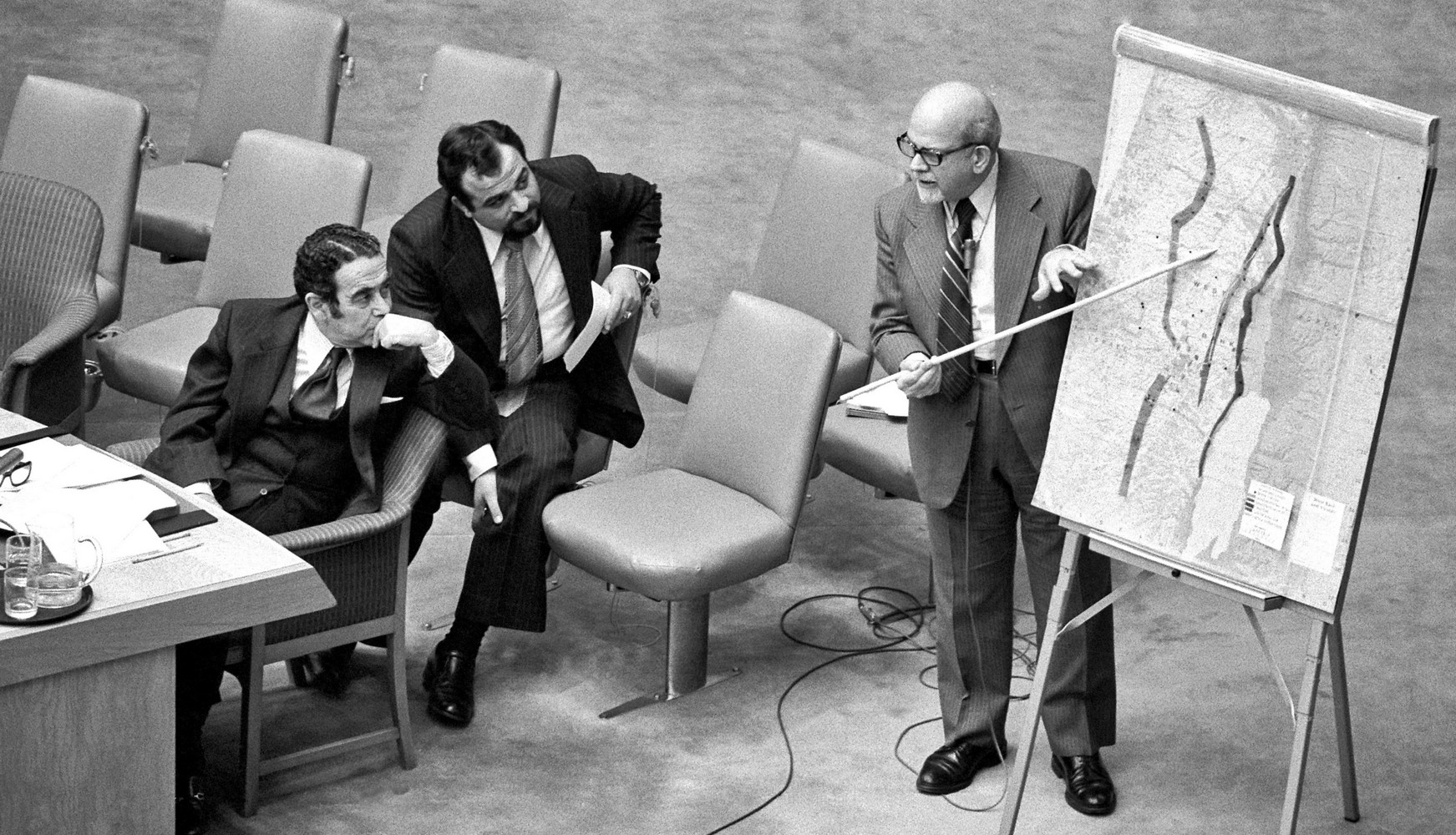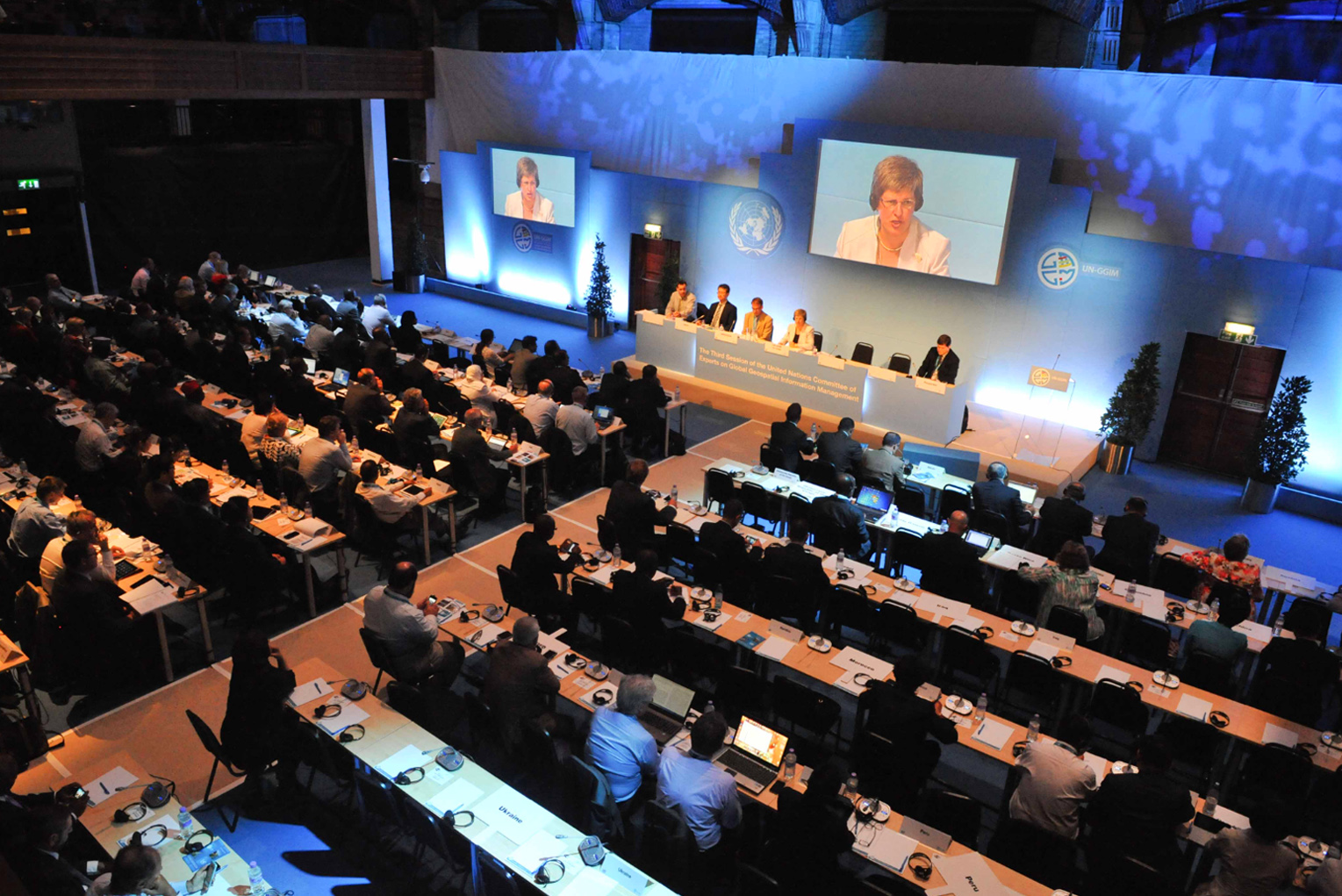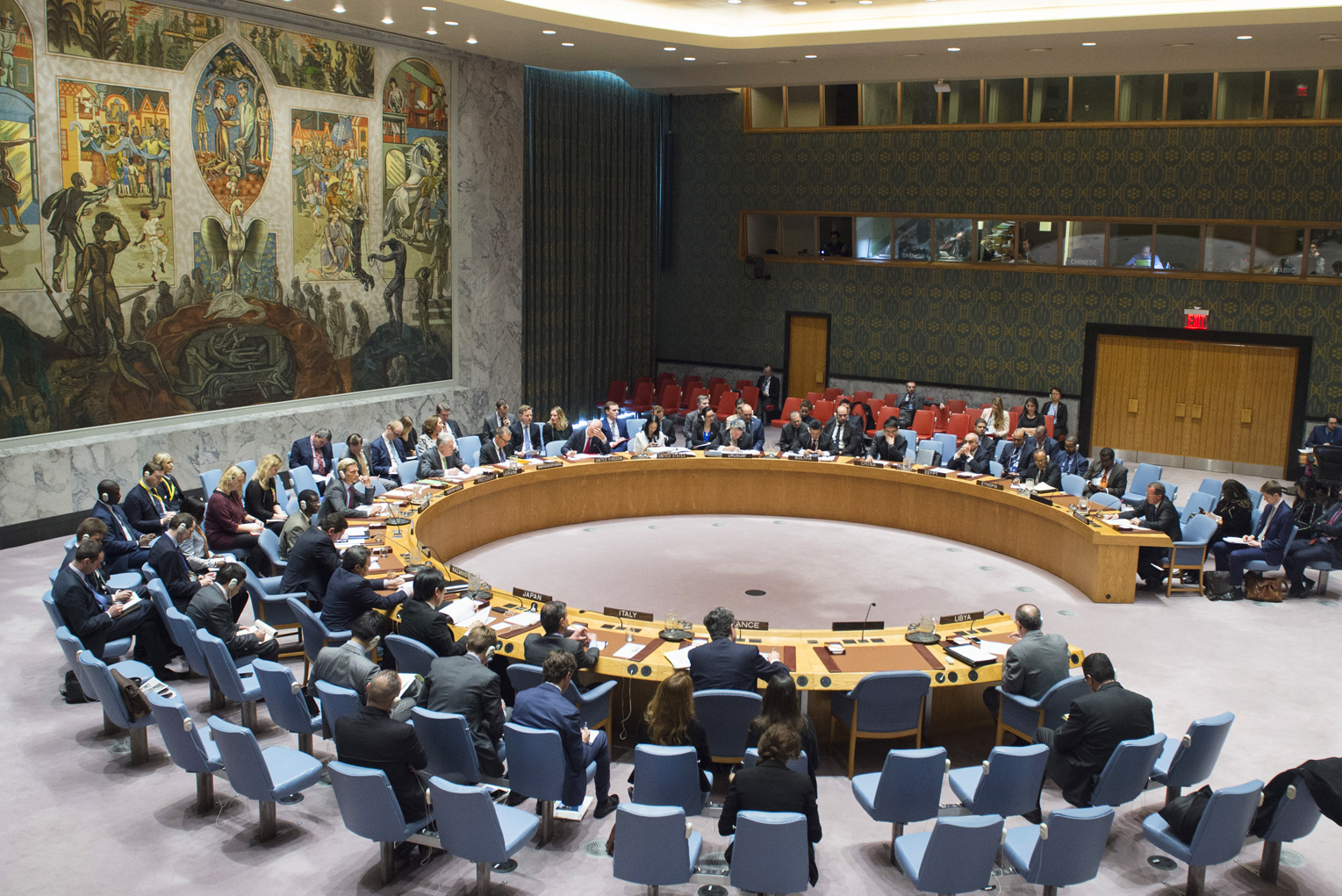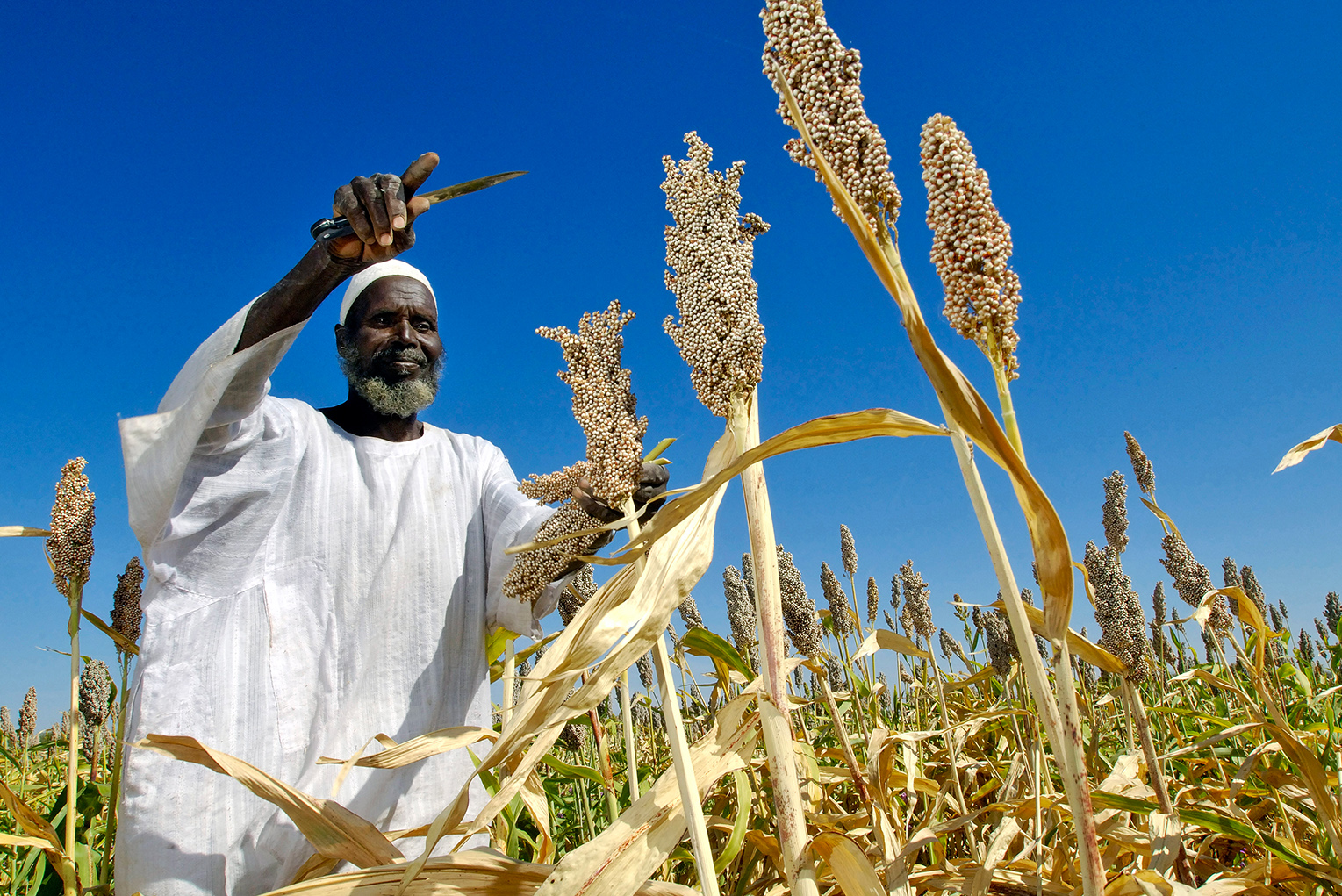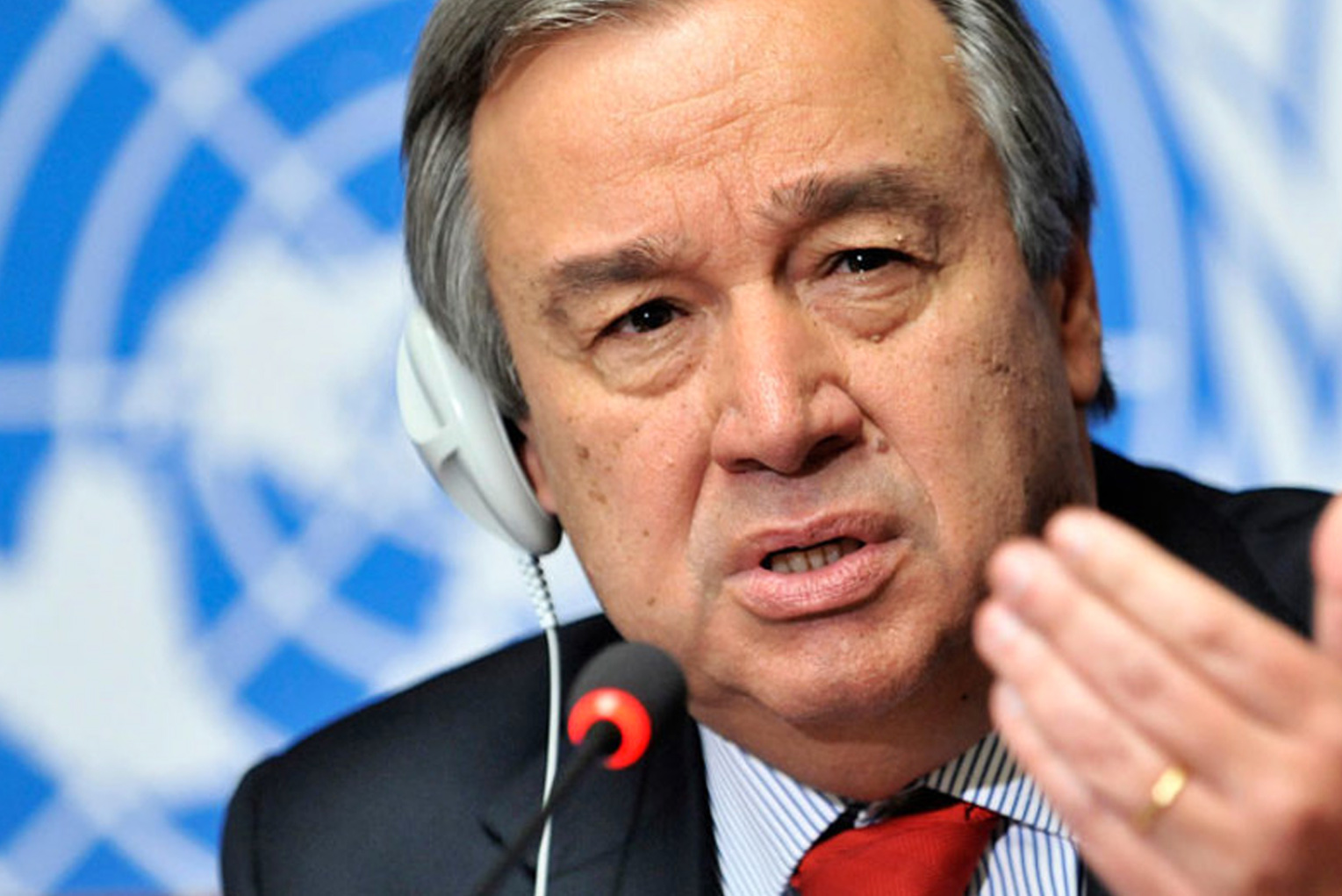-
Map on SDG17 Partnerships
-
Map on SDG16 Peace, Justice and Strong Institutions
-
Map on SDG15 Life On Land
-
Map on SDG14 Life Below Water
-
Map on SDG13 Climate Action
-
Map on SDG12 Responsible Consumption and Production
-
Map on SDG11 Sustainable Cities and Communities
-
Map on SDG10 Reduced Inequalities
-
Map on SDG09 Industry, Innovation and Infrastructure
-
Map on SDG08 Decent Work and Economic Growth
-
Map on SDG07 Affordable and Clean Energy
-
Map on SDG06 Clean Water and Sanitation
-
Map on SDG05 Gender Equality
-
Map on SDG04 Quality Education
-
Map on SDG03 Healthy Lives
-
Map on SDG 02 Zero Hunger
-
Map on SDG 01 No Poverty
-
International Snakebite awareness day is 19 September
-
Spatial analysis and visualization of human rights violations can support strengthening promotion and protection of human rights
-
Celebrating Women Day (8 March 2023) - with Map of Women in National parliament (2000-2022)
-
Map on SDG17 Partnerships
-
Map on SDG16 Peace, Justice and Strong Institutions
-
Map on SDG15 Life On Land
-
Map on SDG14 Life Below Water
-
Map on SDG13 Climate Action
-
Map on SDG12 Responsible Consumption and Production
-
Map on SDG11 Sustainable Cities and Communities
-
Map on SDG10 Reduced Inequalities
-
Map on SDG09 Industry, Innovation and Infrastructure
-
Map on SDG08 Decent Work and Economic Growth
-
Map on SDG07 Affordable and Clean Energy
-
Map on SDG06 Clean Water and Sanitation
-
Map on SDG05 Gender Equality
-
Map on SDG04 Quality Education
-
Map on SDG03 Healthy Lives
-
Map on SDG 02 Zero Hunger
-
Map on SDG 01 No Poverty
-
Map on SDG 01 No Poverty
-
Map on SDG 01 No Poverty
-
To mark GIS day on 17 November, a map on each SDG will be published for subsequent 17 days
-
Satellite image of Gaza on 20 May 2021 as UN Secretary-General welcomes Gaza ceasefire announcement between Israel and Hamas
-
Marking International Mother Earth Day with the Amazon rainforest, crucial to regulate global warming
-
Member States increasing their commitment of Paris Agreement to achieve Net Zero Emissions
-
Ninth session of the UN Committee of Expert on Global Geospatial Information Management (UN-GGIM)
-
Hunger Map prepared by the World Food Programme
-
Former Secretary-General explores the map of the Blue Line
-
Jordan briefing the Security Council with maps
-
Map of the World showing dependent territories
-
Former Secretary-General reviews the map detailing deployment location of UNEF
-
Celebrating International Women's Day 2021 and the global effort for increased representation of Women
-
Mapping flood damage to crops using drones in Malawi
-
Global map of Women in Politics
-
Peacekeepers consult map to navigate through Western Sahara
-
Damage analysis uses satellite imagery after an earthquake hits Haiti
-
Satellite images show the degradation to our environment
-
Security Council exhibits maps and photographs during the crisis in the Caribbean
-
Celebrating International Women's Day 2021 and the global effort for increased representation of Women 1
-
False Colour Composite of ALOS-PALSAR image over one area of Darfur
-
Peace Operations consult map during patrol in the Golan Heights
-
Earth observation plays a critical role to evaluate, monitor and assess disasters impact and deliver Humanitarian aid
-
Tactical analysis of the attack over Mosul by the Iraq Special Forces against the Islamic State
-
Location information is a foundation of elections and in understanding election results and the political landscape of a country
-
Pollution index analysis is used in Peace Operations to reduce environmental impact to contribute to “Greening the Blue”
-
Capacity building and training on the use of Global Positioning System
-
Imagery and analysis enable to monitor and assess disaster impact to infrastructure
-
Public health is the first use of geospatial information to analyze and understand the spread of diseases
-
Cartography helps visualize and monitor Sustainable Development Goals
-
Satellite imagery used for assessment and aid relief efforts after earthquake hit Port-Au-Prince
-
Panel of Experts uses earth observation to assess and monitor facilities at Yongbyon, Democratic People's Republic of Korea
-
Peace operations launch first UAV programme in the Democratic Republic of the Congo
-
Earth observation to evaluate natural risk to human settlements and agriculture in the east of the Democratic Republic of the Congo
-
Sanctions Committee uses earth observation to document the presence of military aircrafts in airport in South Sudan
-
Documenting damages by air strike on civilian residential area in Ṣanʿā
-
Analyses of imagery shows alleged intentional burnt field in Yambio province
-
Analyses of satellite data showed that the Arctic ice cap shrank to the second-lowest minimum on record
-
Using drones in peace operations
-
Sub-meter imagery of Burundi
-
Landsat images of Marshlands in Iraq
-
Aerial image from the War in Korea
-
Surveying the Blue line
-
Boundary pillar survey and construction
-
Iraq-Kuwait boundary survey network
-
Technical programmes in Afghanistan
-
Covid-19 dashboard
-
Database-driven maps and analysis overlay
-
First map made with computer in the United Nations
-
Hand-made map of Bolivia
-
Map 168, Woman Suffrage - 11 November 1918
-
Map 169, Woman Suffrage - 14 August 1945
-
Map 170, Woman Suffrage - 1 June 1949
-
Map 296, August 1950: Itinerary of the United Nations Visiting Mission to Trust Territories in the Pacific
-
Map No. 337 June 1951: Peru: Sketch map of Cusco Region
-
Map No. 341, August 1951: Trust Territory of Tanganika
-
Map No. 946, August 1957: Trust Territories
-
Map No. 1274, August 1960: Deployment of units of the United Nations Force as of 19 August 1960
-
Map No. 2930, November 1977: UNFICYP
-
Map No. 3306, October 1984: Anguilla profile map
-
Map No. 3612, January 1991: Operation Desert Storm
-
Map No. 3841, July 1994: Newly Independent States of the Former USSR
-
Map No. 3887 Rev.1, June 1995: UNMOT
-
Map No. 4136 Rev.1 August 2001: The World Today
-
Map No. 47, May 1947: Palestine
-
Map No. 2916, November 1976: UNDOF
-
Security Council exhibits maps and photographs during the crisis in the Caribbean 1
-
UNDP provides assistance to Land Survey Programme for “Farming for Development” 1
-
Satellite images show the degradation to our environment 1
-
Damage analysis uses satellite imagery after an earthquake hits Haiti 1
-
Peacekeepers consult map to navigate through Western Sahara 1
-
Global map of Women in Politics 1
-
Mapping flood damage to crops using drones in Malawi 1
-
Evidence-based geospatial information and technology enables to observe and monitor changes to fragile sea and land ecosystems
-
Former Secretary-General reviews the map detailing deployment location of UNEF 1
-
Map of the World showing dependent territories 1
-
Jordan briefing the Security Council with maps 1
-
Former Secretary-General explores the map of the Blue Line 1
-
Hunger Map prepared by the World Food Programme 1
-
Ninth session of the UN Committee of Expert on Global Geospatial Information Management (UN-GGIM) 1
-
Map 2 of the United Nations
-
UN Map Library in 1954
-
Briefing the Security Council with maps
-
SG Ban Ki-moon reviews map
-
Peacekeepers navigate using GI and Maps





